DAF DRIVER



































































The latest versions of our award-winning New Generation DAF series come with a full suite of innovations that benefit robust construction and municipal applications. Driveline and aerodynamic improvements optimise fuel efficiency and increase durability. And a much richer specification takes safety and comfort to another level. Discover how DAF Transport Efficiency can power the success of your operations.















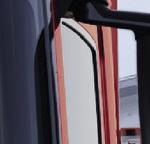









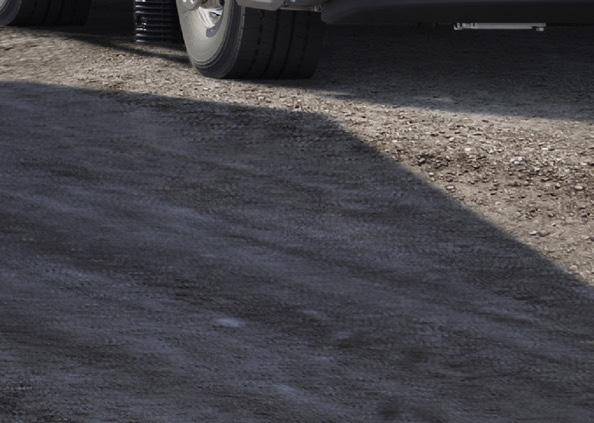

















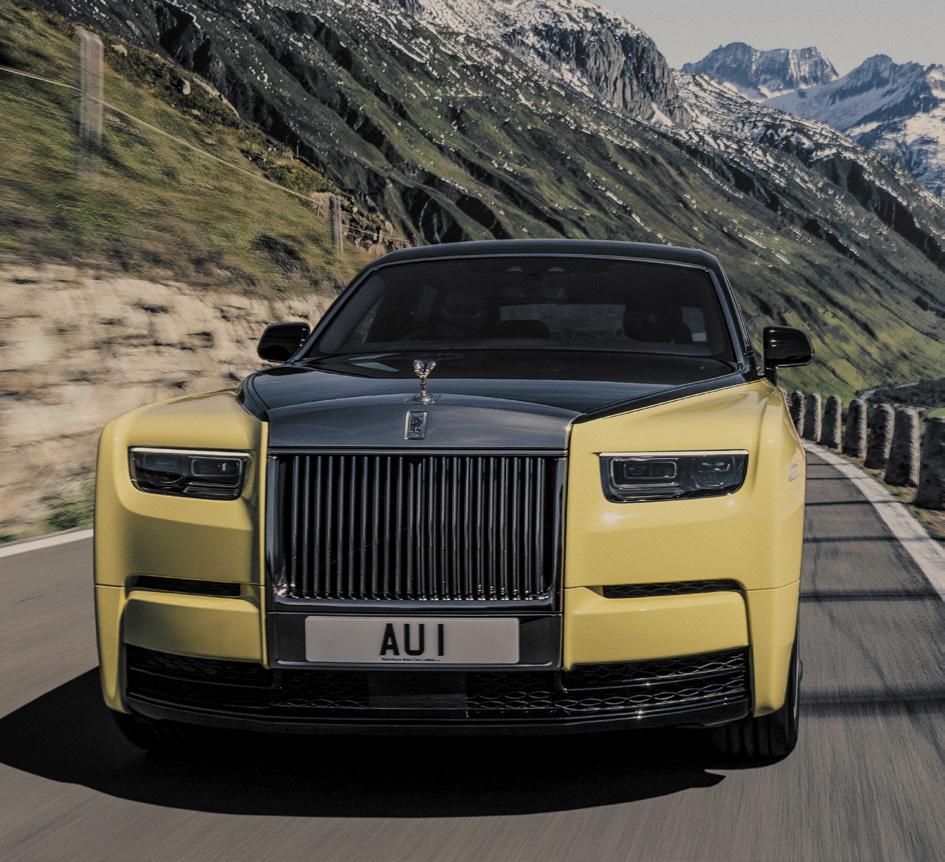
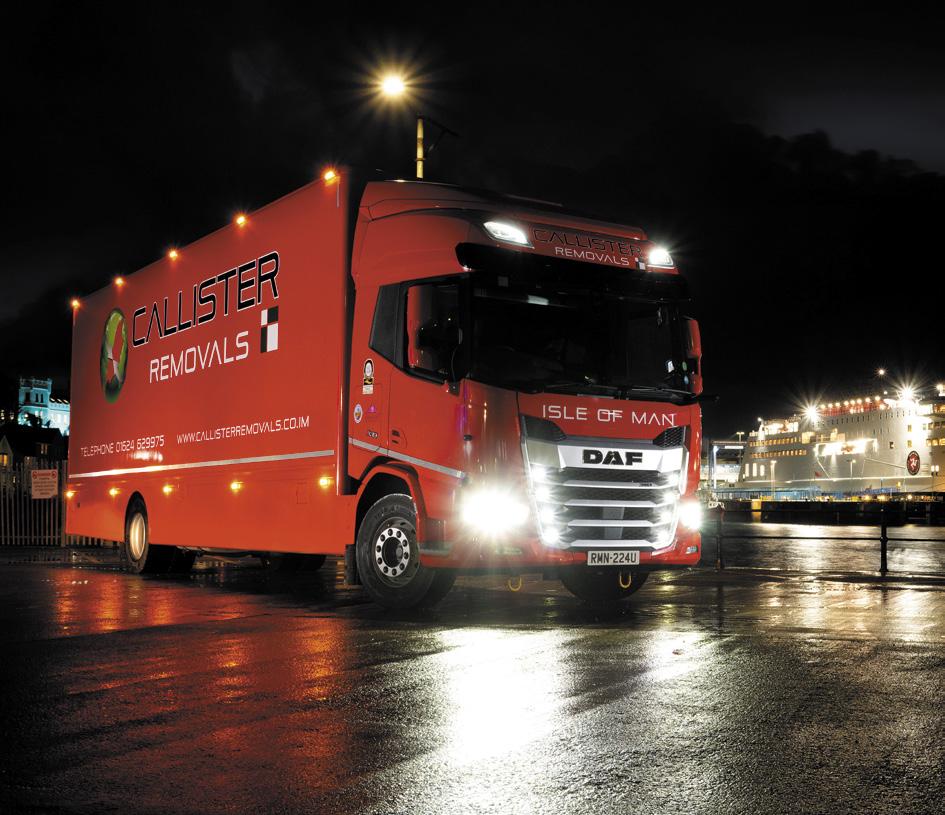
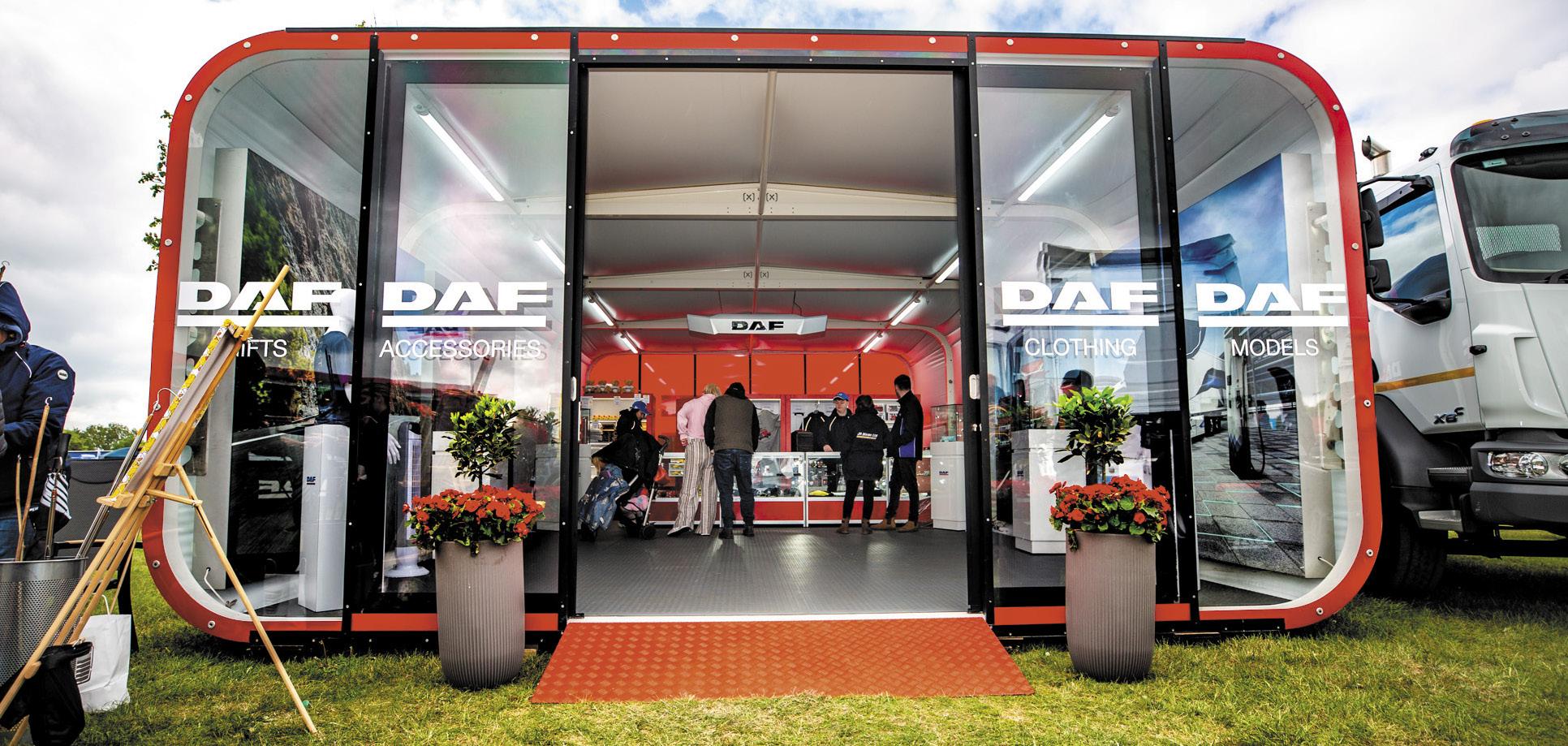
Head-turning
Callister
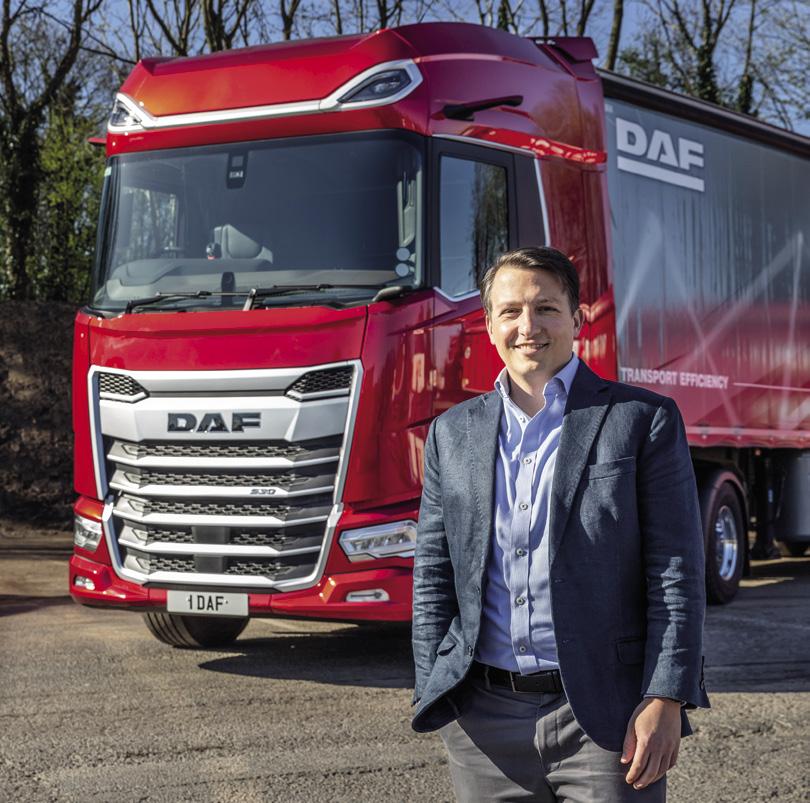
Rob


EDITORIAL
Publisher: Matthew Eisenegger
Managing Editor: Richard Simpson
Designer: Harold Francis Callahan
Editorial Address: Commercial Vehicle Media & Publishing Ltd, 4th Floor 19 Capesthorne Drive, Eaves Green, Chorley, Lancashire. PR7 3QQ Telephone: 01257 231521
Email: matthew@cvdriver.com
ADVERTISING
Advertising Sales: David Johns Telephone: 01388 517906 Mobile: 07590 547343
Email: sales@cvdriver.com
DESIGN
Art Editor: Harold Francis Callahan Telephone: 01257 231521 Email: design@cvdriver.com
CONTRIBUTORS
Mark Ballantyne
Steve Banner
Ronnie Hitchens
Karl Hopkinson
Chris Russon
Will Shiers
PUBLISHER
Commercial Vehicle Media & Publishing Ltd, 4th Floor, 19 Capesthorne Drive, Eaves Green, Chorley, Lancashire. PR7 3QQ Telephone: 01257 231521
NOTE
The publisher makes every effort to ensure the magazine’s contents are correct. All material published in DAF Driver magazine is copyright and unauthorised reproduction is forbidden.
The Editors and Publisher of this magazine give no warranties, guarantees or assurances and make no representations regarding any goods or services advertised in this edition.
DAF Driver magazine is published under a licence from Commercial Vehicle Media & Publishing Ltd. All rights in the licensed material belong to Matthew Eisenegger or Commercial Vehicle Media and Publishing Ltd and may not be reproduced whether in whole or in part, without their prior written consent. DAF Driver magazine is a registered trademark.

If you are not going to keep this magazine for future reference please pass it on or recycle it.
WELCOME TO ISSUE 38 OF DAF DRIVER MAGAZINE!
Don’t expect a nice corporate chat centred on the virtues of the product, or the quality of the toast. There are also some tough questions from operators and drivers about key issues with the trucks and their operation.”
Publisher - Matthew Eisenegger

AF’s appeal across the British road transport industry is well reflected in this issue of DAF Driver magazine. As market leader, it appeals to all types of customers from large corporate own-account fleets to owner-drivers in remote rural areas. And we’ve got examples of each featured in this issue: Isle of Man based removals company Callisters and Cumbrian ownerdriver Shaun Cleasby have absolutely nothing in common, except they both depend on DAF.
Holding position as market leader is a tough call. As far as your competitors are concerned, you have a great big target painted on your back, while for yourself there is the realisation that once you are at the top it’s all too easy to become complacent and start going down.
And that’s something that David Kiss, who has been in post at DAF Trucks UK HQ for almost two years, is keen to avoid. Commercial Motor’s Will Shiers caught up with him for breakfast at the excellent Junction 23 Truckstop and got the inside line not only on his role at DAF UK, but also what makes the British truck market such a difficult one to call.
And don’t expect a nice corporate chat
centred on the virtues of the product, or the quality of the toast. There are also some tough questions from operators and drivers about key issues with the trucks and their operation. It’s a free and frank discussion, and David Kiss provides some interesting and reassuring answers.
We also profile Nationwide Assistance Group… the people who can quite literally get you out of a hole should you be unlucky enough to find yourself in one. They run a wide range of DAF trucks from XBs to XFs, all kitted out to deal with pretty much any truck-related disaster you can imagine. You would be very happy to never have to use their services, but very grateful if you do.
On a happier note, there’s the pick of DAF trucks at Truckfest, and for Ian Flemming and luxury car buffs, a look around a car inspired by the James Bond novel and film Goldfinger, that isn’t an Aston Martin. Clue: inside it, there’s a bar that doesn’t serve drinks!
We’ve also got some hard-hitting opinion on why the BBC may have got it wrong on HVO, and the latest from the DAF Trucks training team.
Enjoy the magazine! Matt





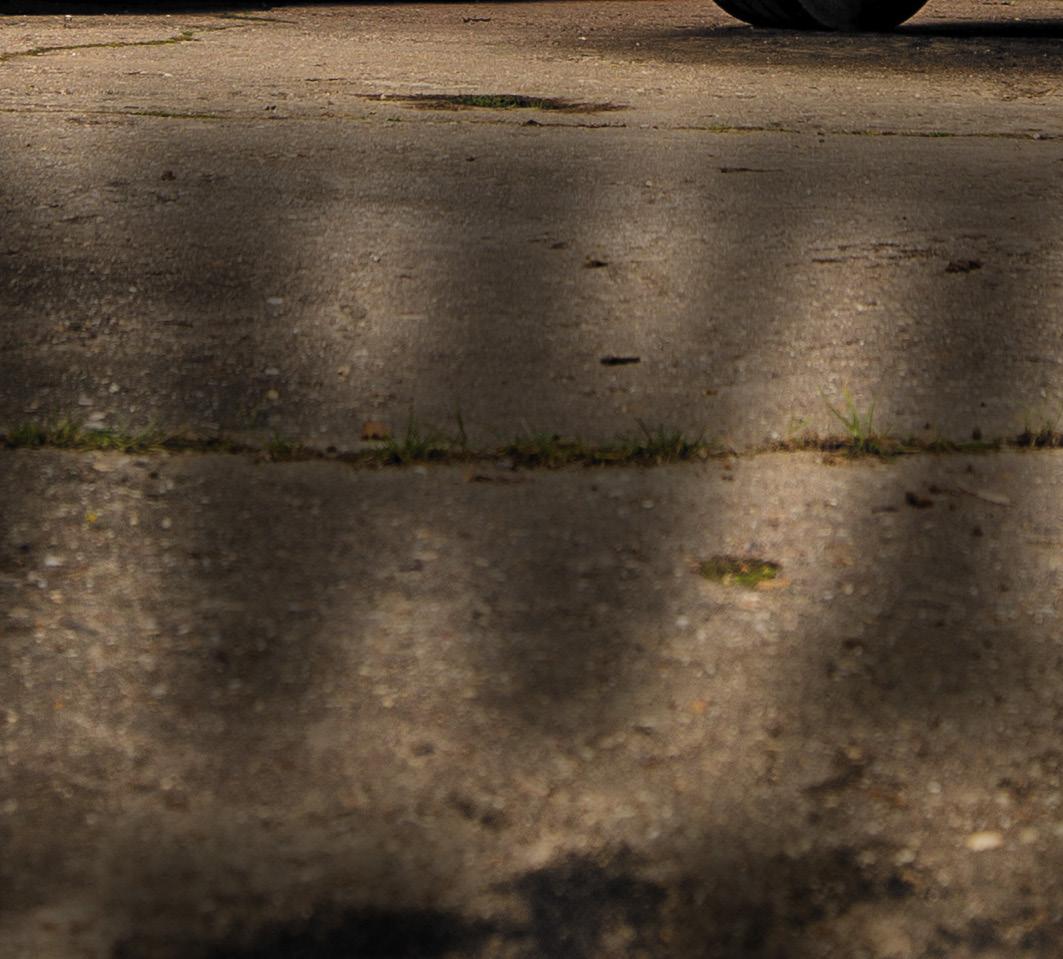
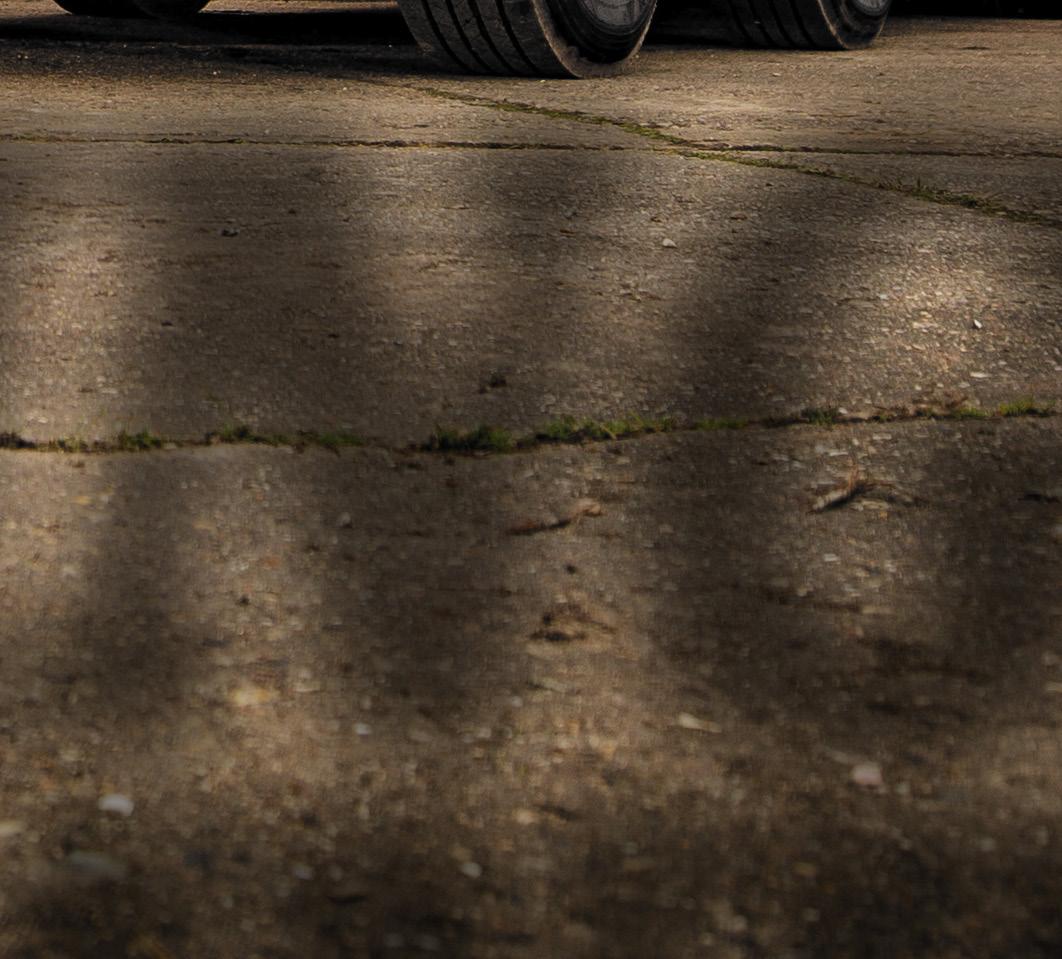




DAF provides much of the muscle that Essex-based recovery business Nationwide Assistance Group needs when trucks, buses and coaches have to be hauled out of difficult situations.




Nationwide Assistance Group operates ten 530hp XFs under the Nationwide and L J Transportation banners. They are either 6x4s or 8x4s, and equipped with TraXon 12-speed automated transmissions says L J Transportation Fleet Manager, Joe Bartle.
“Three of the XFs are New Generation models and we’ve got another one in build that will be delivered soon,” he says.
The choice of DAFs is heavily influenced by their high train-weight, he explains. “That’s the first and foremost consideration,” he says.
“Remember that they can be asked to tow a fully-laden 44-tonner, so we need a minimum 80-tonne train weight,” he continues. “DAF can achieve that, and we’ve got one XF that can go up to 150 tonnes.

“Wemonitorfuelusageverytightly,andby switchingtoHVOthey’vegonefrombetween 5mpgand6mpgtobetween8mpgto9mpg”
“Nine of the XFs have got 9.0-tonne front axles but we’ve got one with a 10-tonne front axle,” he adds.


All built as drawbars and with sleeper cabs, the trucks are ordered to recovery chassis specifications, which can include a retarder and hub-reduction axles.
“Eight of them have got hub-reduction axles and all the XFs are fitted with Boniface Interstater underlifts,” he says. “Eight have also got Boniface top-mounted recovery booms with a capacity of up to 45 tonnes so they can deal with vehicles that have rolled over.
“We usually obtain our heavy trucks through Boniface,” he adds.
The XFs are by no means the only DAFs that the company operates, says Joe. “We run 15 CFs and five of the new XBs as well,” he observes.
Either 12 or 16-tonners, the day-cab XBs all have a three-star rating as far as Transport for London’s (TfL’s) Direct Vision Standard is concerned, which means they can be deployed in the capital without requiring a Progressive Safe System upgrade. “That saves £3,500,” Joe remarks.
The CFs all feature Boniface VLA (Very Low Angle) 5T slidebed bodies, apart from one that has been kitted out with a Ceyhan slidebed. Ceyhan slidebeds feature on the XBs too, although one has been bodied by Tip N Lift.
“It’s what is known as a street-lift,” Joe explains. “It’s got a crane and a lifting frame and is designed to lift and remove cars from places where they shouldn’t be parked.”
The crane has a maximum capacity of 3.5 tonnes.

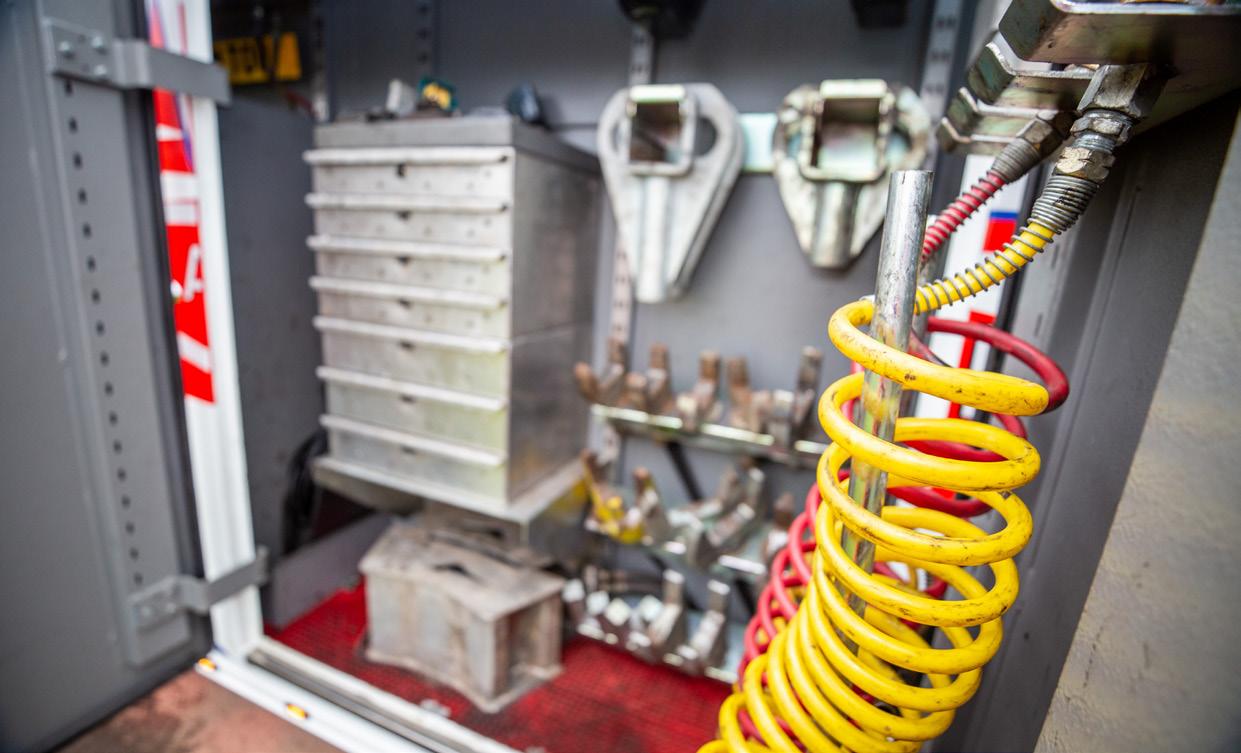
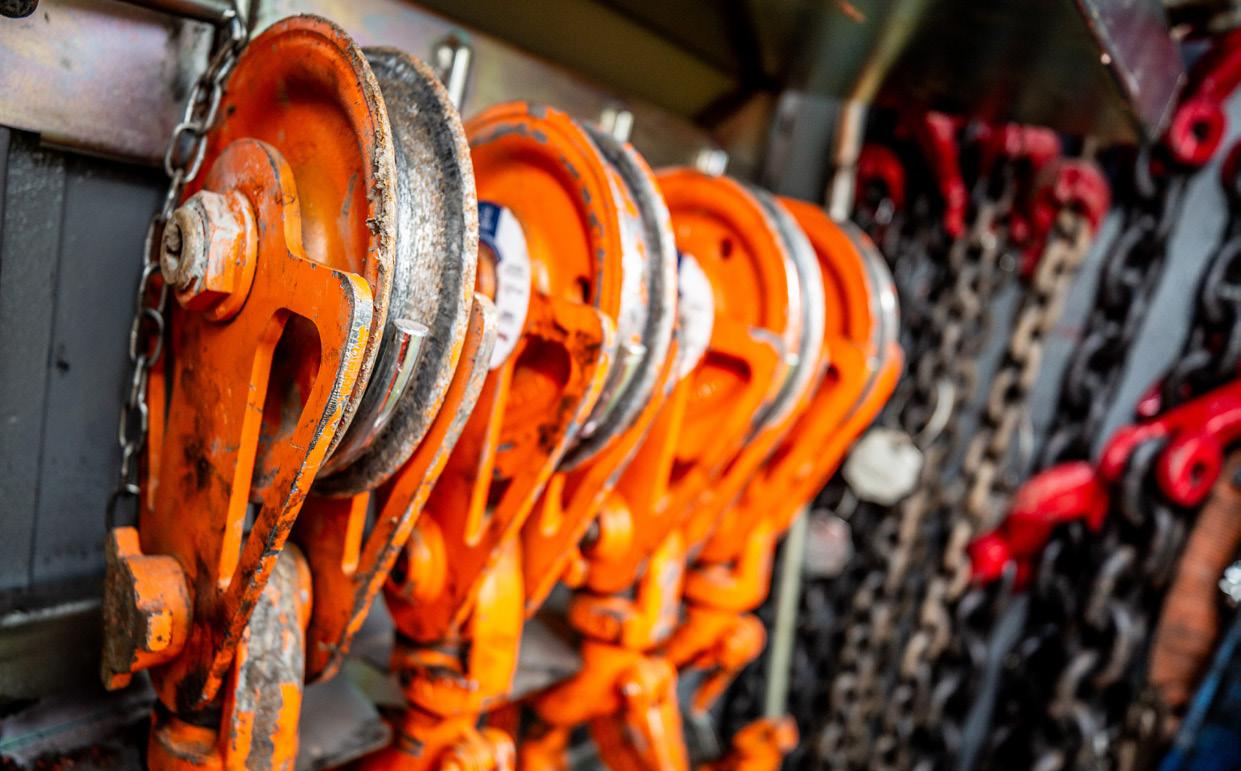

The quality of the support provided by DAF dealers also influences the choice of truck. “All the trucks are dealer-maintained, and we’ve got an excellent working relationship with Harris DAF,” Joe says.
Acquired on HP, the DAFs remain in service for around five years. “By taking that approach we get an optimum residual value for them,” he comments.
When disposal time rolls around the XFs have typically covered 250,000kms. “The slidebeds have done around 400,000km,” he says.
The XFs deployed to recovery jobs inside the M25 now run on environmentally-friendly and sustainable HVO. “If we’re on TfL contracts then that’s what we’re expected to do,” he says.
HVO costs more than standard diesel, but the remarkable improvement in fuel economy the trucks are achieving is helping to offset the extra expenditure, he reports.
“We monitor fuel usage very tightly, and by switching to HVO they’ve gone from between 5mpg and 6mpg to between 8mpg and 9mpg,” he says.
Nationwide works regularly for DAFaid and Joe is only too well aware that recovering vehicles from the roadside is not for the faint-hearted. Safety always has to come first.
“Seventy per cent of the recoveries we handle take place within a metre of a moving car,” he observes. “Motorists represent our biggest challenge.”
Why do trucks need recovering? In the majority of cases it is not because they have been involved in an accident, Joe explains.
“Typically it will be because of damage done by an exploding tyre,” he says. The impact will have rendered the truck undriveable, but poses recovery crews with a problem if they have to carry out a suspended tow.
“If the back of a rigid has suffered damage, for example, but the front wheels are OK and the incident has occurred on the motorway, then we may have to ask the highway authorities to close the motorway so we can drive down the wrong way and lift the truck from the rear,” he says.


“Seventypercentoftherecoverieswehandletake placewithinametreofamovingcar,”heobserves. “Motoristsrepresentourbiggestchallenge.”

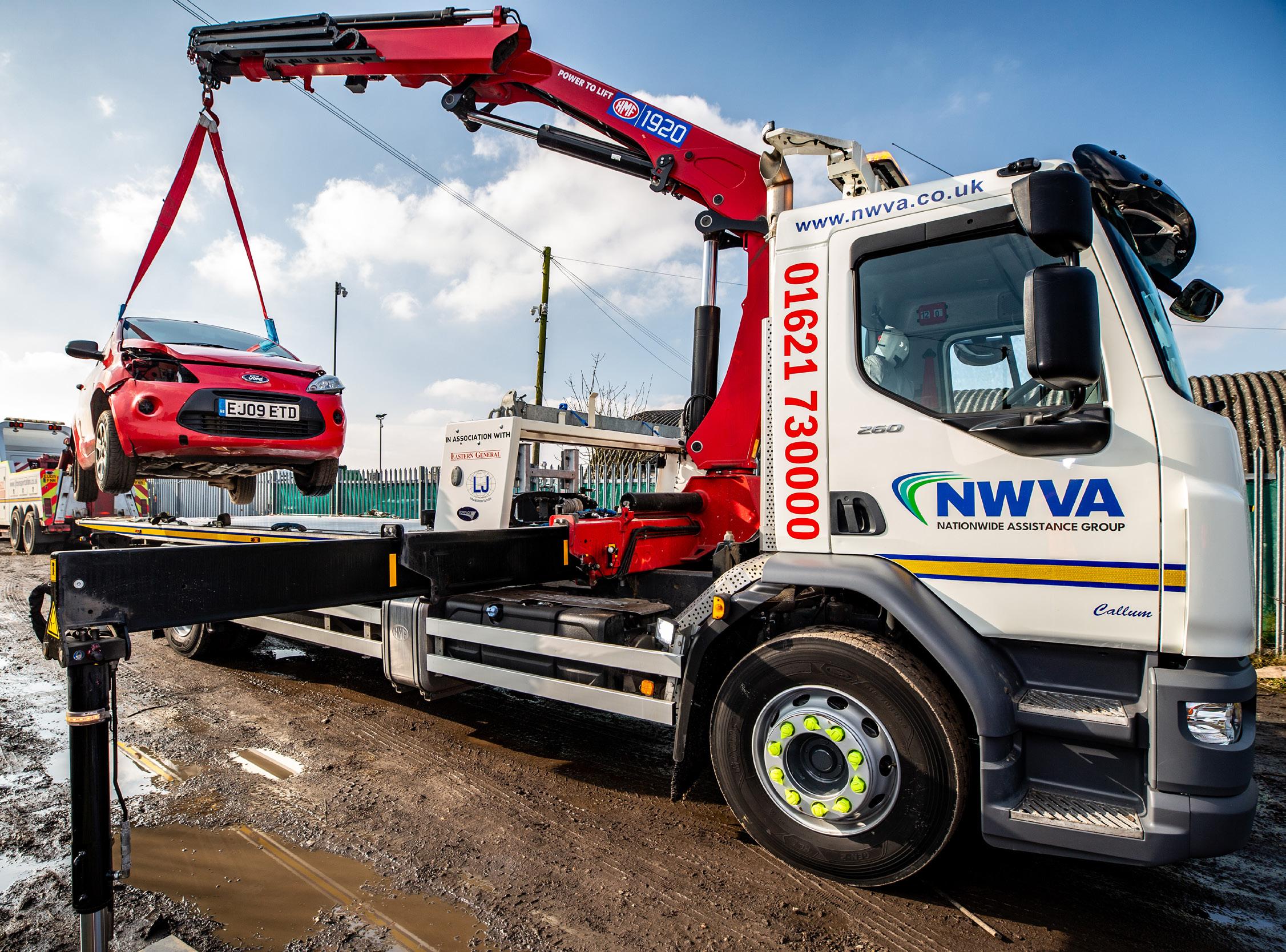
One of the most difficult recent truck recoveries, however, involved a rigid tanker laden with heating oil that had slidden into a ditch on a muddy, slippery, country lane. The crew had to haul the truck back onto the highway without spilling any of its contents – which would have caused extensive environmental damage –while at the same time ensuring that the recovery rig didn’t slide into the ditch itself.
Fortunately, the DAF XF rig was fitted with rear outboard legs with pivoting feet which were deployed so that it remained stable while the recovery took place. None of the tanker’s oil leaked out, and the driver was able to drive it away.
“All of our heavy recovery drivers are ADR-trained and I’m a Dangerous Goods Safety Adviser,” says Joe.
The big DAFs aren’t solely involved in on-highway work. They rescue agricultural vehicles too.
“We’ve retrieved combine harvesters in the middle of a field that have caught fire and burned out, and we’ve winched out tractors that have become bogged down,” he says. “We rescued three on one occasion.”
While the DAFs can be deployed anywhere in the UK, their recovery activities ae concentrated primarily in Essex, Norfolk, and Suffolk, as well as in London. That reflects Nationwide’s roots – it began as L J Transportation, a heavy recovery business started by Mick and Lisa Jennings back in 2009.
L J Transportation still exists as part of Nationwide, with a fleet of over 300 vehicles handling light as well as heavy recovery and providing roadside
assistance. Nationwide itself has a broader remit, however, delivering 24/7 vehicle and travel assistance all over the UK.
“We’ve got a network of over 1,000 recovery agents, two-thirds of whom we use on a regular basis,” says Group Managing Director, Stephan Surmont. “We run three 24/7 control centres –one in Essex, one in Peterborough in Cambridgeshire, and one in Alicante in Spain.”
The last location is required because Nationwide delivers support across 32 countries in mainland Europe too. It can even help if you break down further afield – on a rural road in Morocco, for instance.
Specialist activities include Nationwide Chemical Assistance, which can respond if a truck transporting hazardous cargo
gets into difficulties. The group works with various British police forces and has locations where vehicles that may have been used in the commission of a crime can be stored pending the arrival of a forensic team.
Worth noting too is Nationwide OnSite. It has a fleet of 30 vans driven by technicians who can carry out roadside repairs on cars, vans, and trucks in the UK.
Nationwide has its own accident repair centre and set up a mobile windscreen repair and replace operation last year. At the start of this year it launched a stolen vehicle recovery division in response to a tidal wave of theft that has stretched British police resources.
Led by Paul Gerrish, who spent nine years with Essex Police’s Stolen Vehicle Intelligence Unit, it works with insurers and the police to locate missing vehicles, isolate them, and help take back ownership – a service that is desperately needed, and likely to remain so.
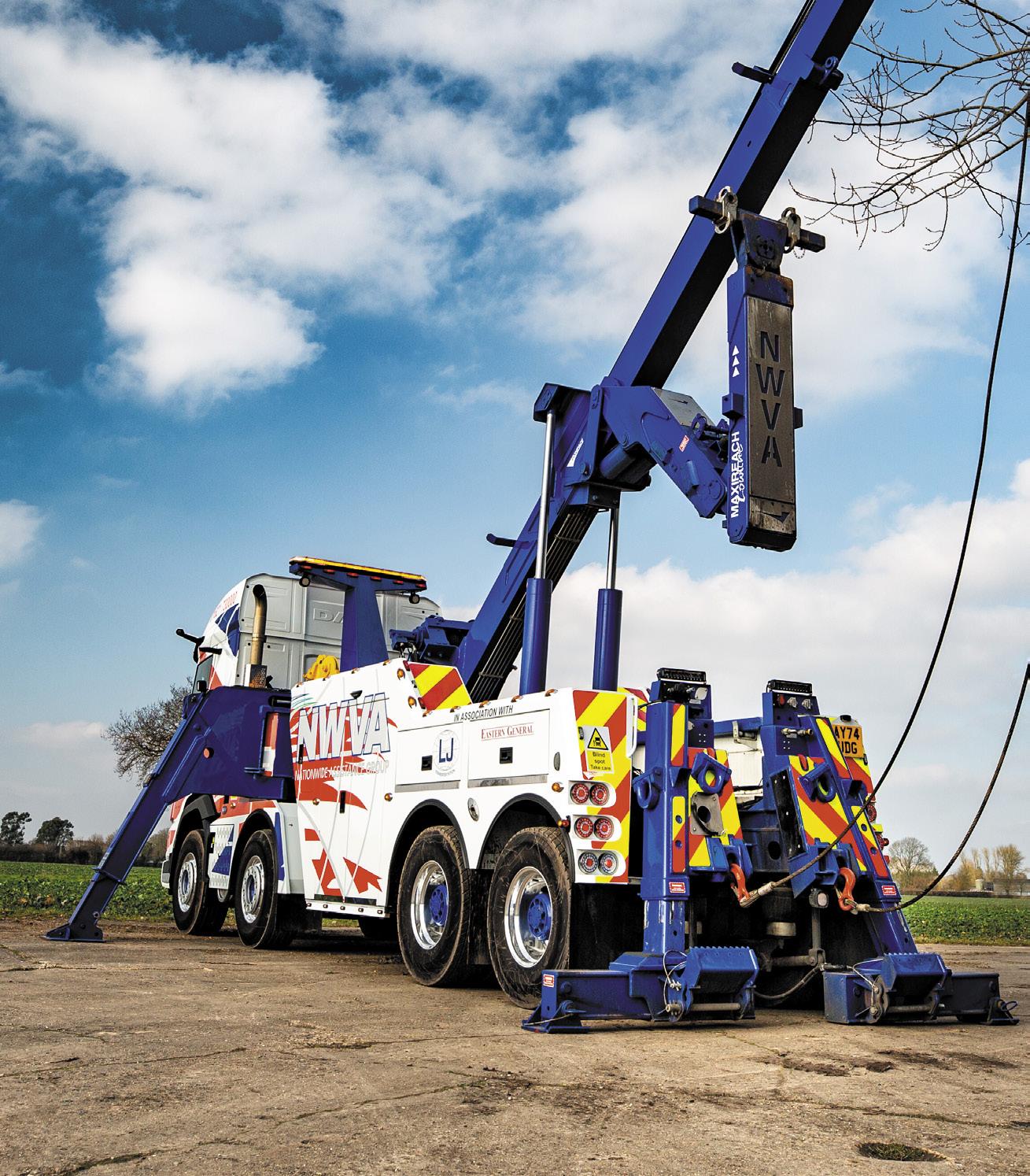






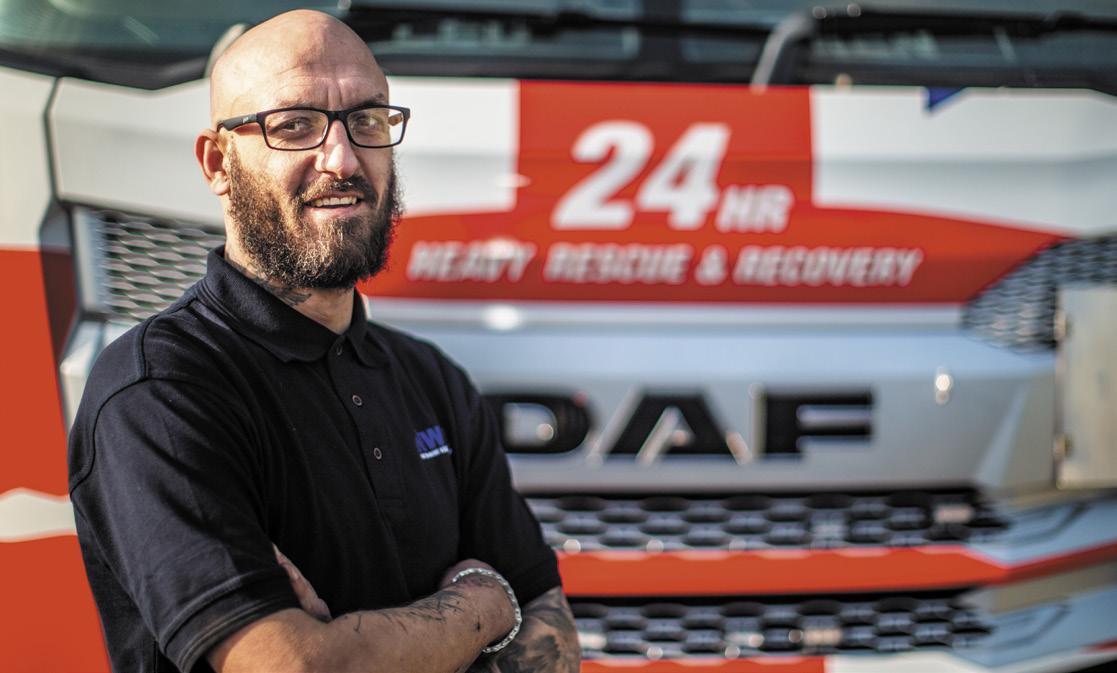


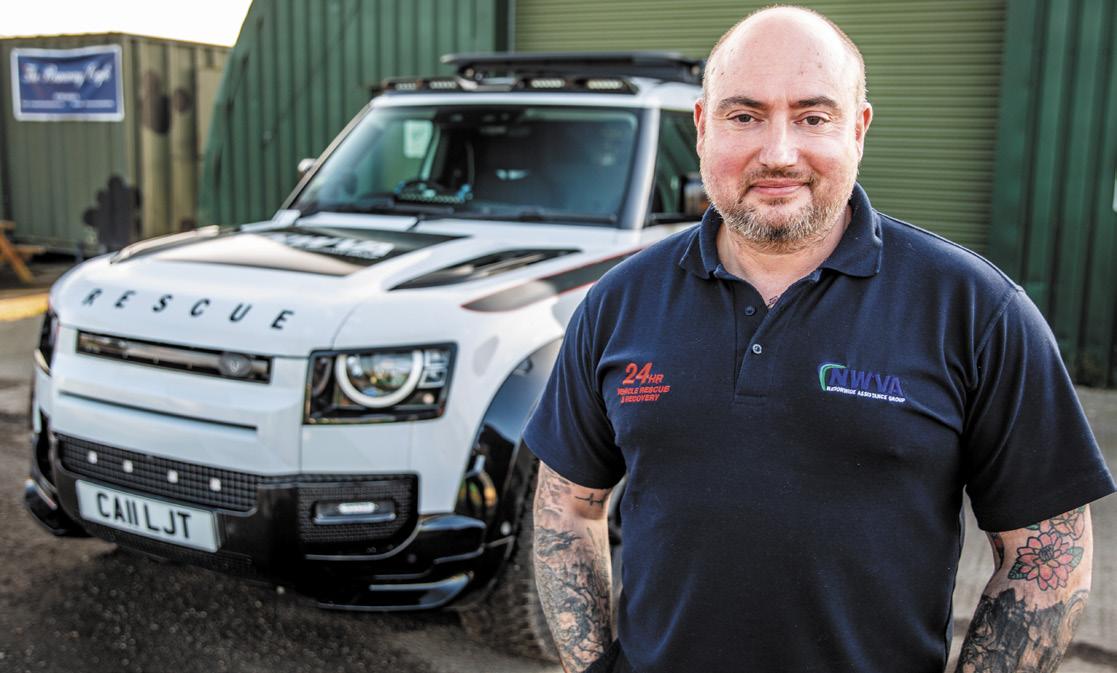


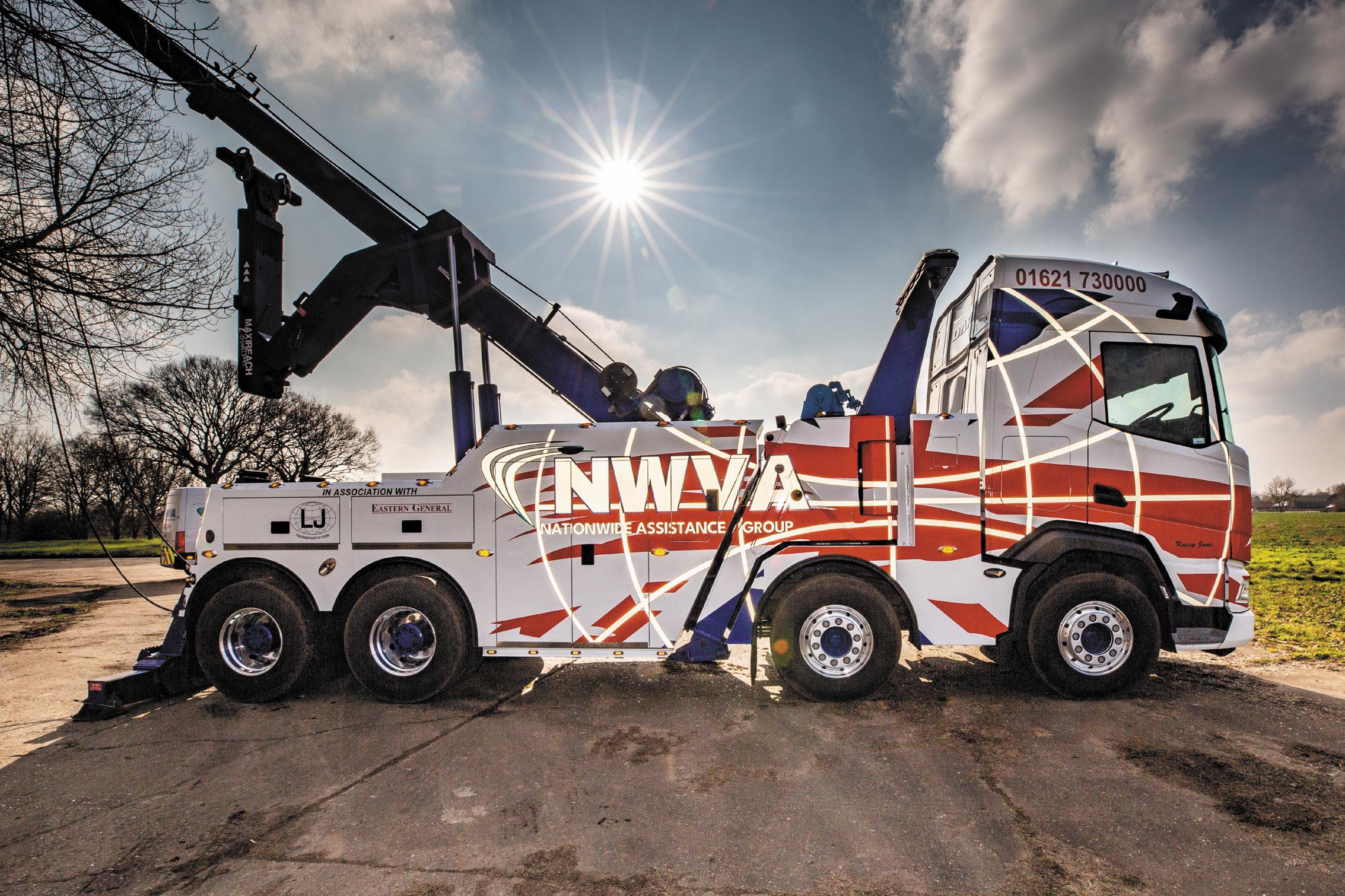
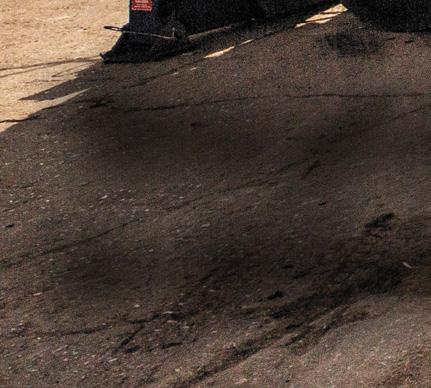
“We’vegotanetworkofover1,000recoveryagents, two-thirdsofwhomweuseonaregularbasis,”


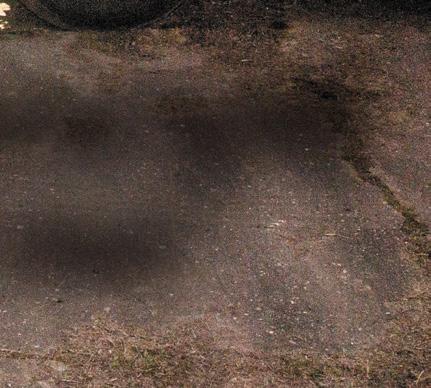




is
Haunting tribute to 007’s Goldfinger




ROLLS-ROYCE has unveiled a oneof-one Phantom Extended that pays homage to the James Bond film, Goldfinger – one of twelve Rolls-Royce appearances in the 007 film franchise. Revealed in the film’s 60th anniversary year, the Phantom Extended Goldfinger takes inspiration from the 1937 Phantom III Sedanca de Ville owned by the eponymous villain, Auric Goldfinger.
The story is explored in Phantom Goldfinger, with bespoke features linking to the plot and iconography of this enduring film.
The Phantom Goldfinger incorporates some of the most extensively engineered bespoke features applied to a one-of-one motor car in Rolls-Royce history, each linking to the Goldfinger film plot.
A total of three years of continuous development was required to bring each of these features to life – from a complex sculptural gallery, inspired by the famous scene filmed on the Furka Pass, to a
gold golf putter mounted to the inside of the motor car’s boot, recalling the club used by Auric Goldfinger during his first encounter with James Bond.
For the exterior of this contemporary tribute to Goldfinger’s motor car, RollsRoyce paint specialists precisely matched the exterior yellow hue to that of the original 1937 Phantom III Sedanca de Ville used in the film.
The Spirit of Ecstasy at the prow of Phantom Goldfinger has been given a unique finish, subtly referencing the motion picture’s plot.
In the film, the villain Auric Goldfinger was smuggling gold in the body panels of his Phantom. As a nod to this concept, sections of the figurine appear to reveal gold underneath, suggesting it is made of solid gold, concealed with a silver coat. Since it is not possible to silver-plate gold, Rolls-Royce specialists used a solid silver Spirit of Ecstasy and skilfully goldplated it with 18-carat gold to achieve the ‘gold reveal’ effect.
In honour of the Goldfinger film, the designers, engineers, and artisans within Rolls-Royce developed several highly complex details and features that incorporate 18 and 24-carat gold. One such feat is the hidden vault created in the centre console between the front seats. The area was re-engineered to house an illuminated solid 18-carat gold bar, shaped as a Phantom ‘Speedform’ – a stylised representation of the motor car’s design in miniature.
The base of the front and rear centre consoles is also lined with an exquisite gold finish, as is the inside of the glovebox.
The inner lid of the glovebox is also debossed with Goldfinger’s iconic quote: “This is gold, Mr. Bond. All my life, I have been in love with its colour, its brilliance, its divine heaviness.”
The air vents and ‘organ stops’ throughout the motor car also have a lustrous gold finish. The speaker frets are given the same finish and inscribed with the film’s title treatment.
The treadplates, designed to look like the gold bars that feature in Goldfinger, are gold-plated and embossed using the same font developed for the film in 1964.
The 24-carat gold-plated VIN plaque is engraved with a specially obtained vehicle identification number, which ends in 007.
The artwork installed in the Phantom’s Gallery, which runs the full width of the front facia, is the true centrepiece of the motor car. The three-dimensional design, which was hand-drawn, is a precise isoline map that shows the contours of the Furka Pass; in the film 007 is seen on this legendary road, discreetly following Auric Goldfinger to his smelting plant in the Swiss Alps.
This highly complex feature required a year of painstaking development, in which the ten complete prototypes were produced to perfect the design. The bespoke clock surround at the centre of the artwork is inspired by the ‘gun barrel’ sequence which has been featured in every James Bond film since Dr. No in 1962.
The motor car pays another subtle tribute to the memorable Furka Pass scene. The marque’s Bespoke Collective designed the Starlight Headliner of Phantom Goldfinger to perfectly reflect the constellations as they were positioned over the Furka Pass on 11 July 1964 – the last day of filming the scene in Switzerland. 719 ‘stars’, which glow with a subtle gold hue, are surrounded by a further eight ‘shooting stars’ – all individually placed by hand.
The Royal Walnut picnic tables are adorned with a 22-carat gold inlay with a depth of only 0.1 mm, which feature a fictional map of Fort Knox, the bullion depository where the United States’ gold reserves are stored. The design, which took six months to finalise and was developed over three prototypes, incorporates













key locations including Gold Vault Road, Bullion Boulevard, and the Bullion Depository that Goldfinger plans to attack in ‘Operation Grand Slam’.
The Phantom Goldfinger is finished in Navy leather and Royal Walnut veneer, selected as an elegant and refined canvas to showcase the gold detailing, inspired by the interior colourway of the original motor car. The seating, which includes reclining Serenity Seating in the rear suite, is subtly elevated with gold stitching, gold-coloured ‘bullets’ to cap the seat piping sections, and headrests that incorporate gold ‘RR’ monograms.
James Bond’s initial encounter with Goldfinger takes place at Stoke Park in Buckinghamshire, where 007 challenges him to a round of golf. Goldfinger uses a gold putter, which is safely guarded by his henchman, Oddjob.

For the 2024 Phantom Goldfinger, the gold-plated putter has been recreated and mounted on the underside of the boot lid. The club is adorned with a specially designed ‘AG’ monogram, inspired by the engraving on the signet ring worn by Goldfinger on-screen.
Later, while alone with Goldfinger’s Phantom III, Bond places a Q Branchissued tracking device on the motor car, which he uses to follow the villain across Europe. To acknowledge this, the Bespoke Collective developed a device, inspired by the original gadget, that subtly projects the 007 logo onto the carpet of the luggage compartment floor whenever the lid is opened.
During the Stoke Park scene, Bond is nearly caught interfering with the Phantom III by Oddjob, who loads Goldfinger’s golf clubs and a harlequin
umbrella into the boot. For the 2024 Phantom Goldfinger, the umbrellas that fit into the motor car’s rear doors have been finished in the same red, blue, green, and yellow colours.
As a finishing touch, the prized British numberplate ‘AU 1’, which graced the Goldfinger Phantom III in the film, has been secured — a reference to the chemical symbol for gold on the periodic table of elements. This will remain with the Phantom Goldfinger, which has now been delivered to a significant Rolls-Royce client and collector based in England.
Rolls-Royce motor cars have featured in a dozen James Bond films throughout the film franchise’s history. However, the marque’s most enduring and memorable role is in the 007 film, Goldfinger.

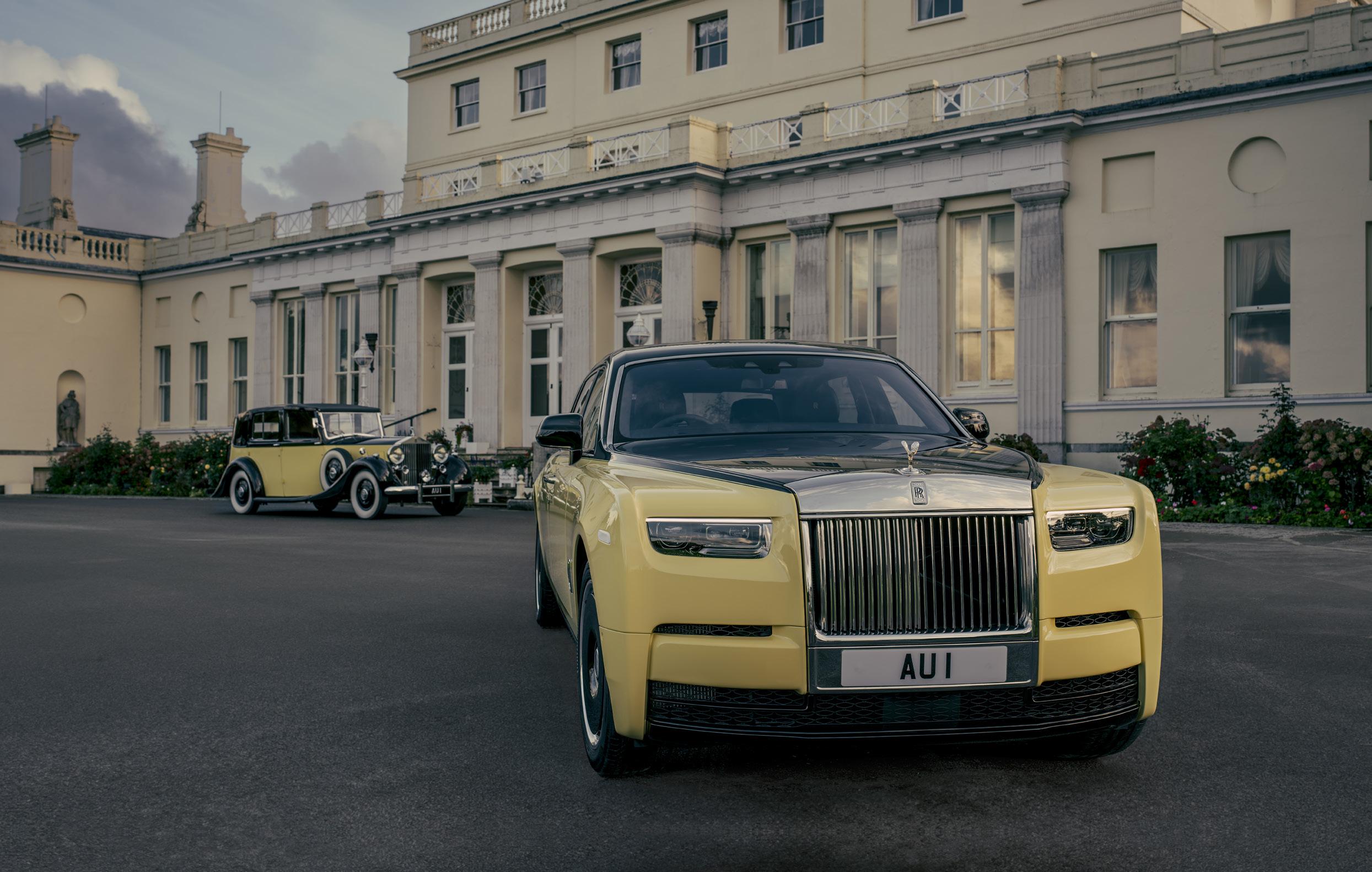

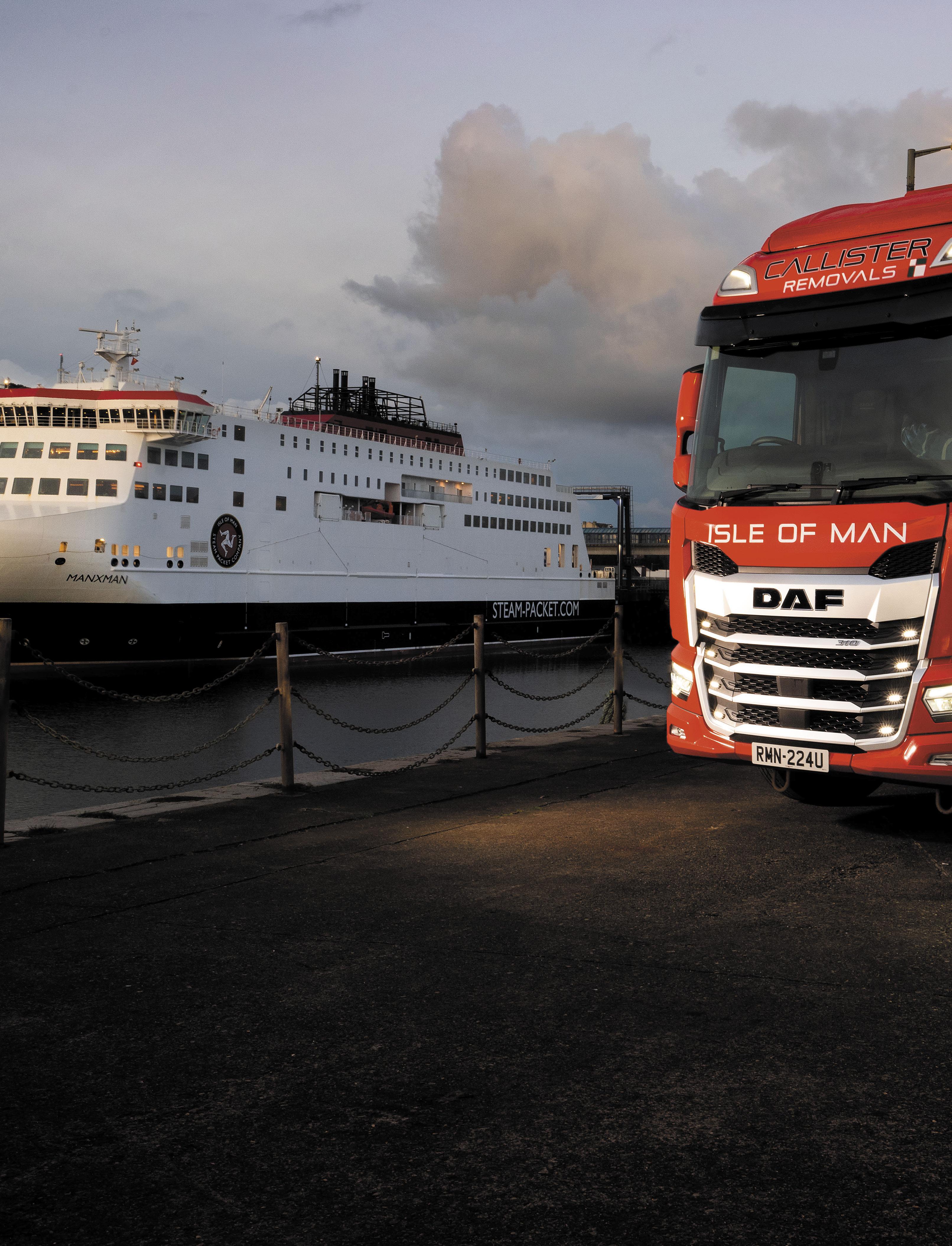



Mention the Isle of Man and it’s easy to think of motorbikes pelting around the place at high speed. However, for Callister Removals and its fleet of DAF trucks, it’s all a bit more sedate.


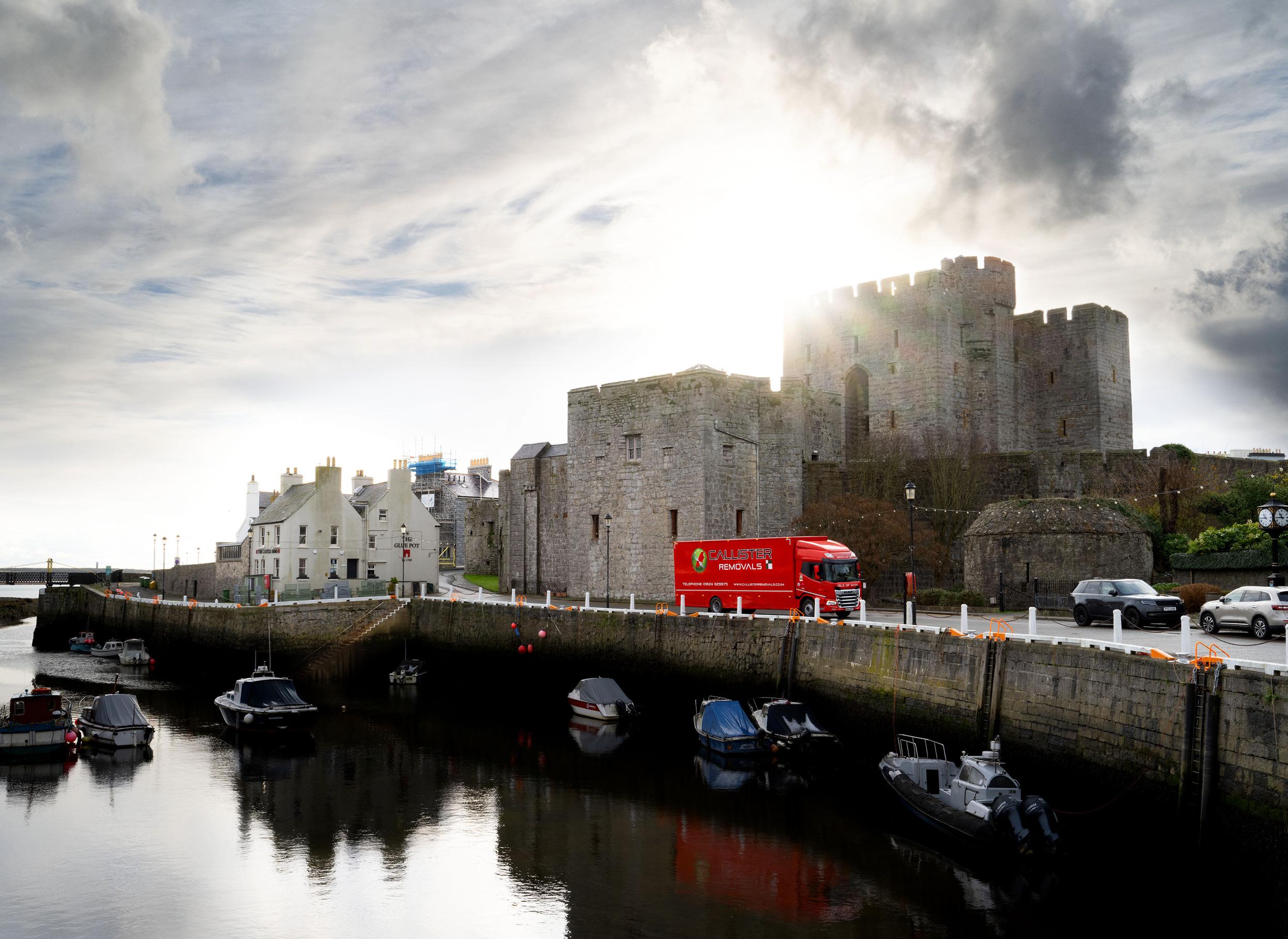
The haulage industry can point to many examples of successful family businesses – and any one of them that survives through three generations has got to be doing something right. That is the scenario Isle of Man-based Callister Removals finds itself in, having been established by the grandfather of current Director, Rob Callister, back in 1958.
Rob’s father took over from his own dad in the 1980s, before retiring over a decade ago, leaving Rob in charge of operations. Today, the removals and storage business services clients and customers all over the 221m2 space, helped by a 10,000ft2 warehouse located in the south of the island that was built in 2009. According to Rob the site was chosen because it offers the best road access to service the needs
and requirements of the islanders. Regular trips to the UK and back have become a mainstay of the business, as well as jaunts to mainland Europe – and there is also the option of a shipping container service for those Callister customers who might be moving even further afield.
It’s been a gradual growth for the business, driven chiefly by Rob’s father, who pushed for more long-distance work, as opposed to his father who preferred to keep a lot of the business on the Isle of Man. The workhorses doing all the heavy lifting are DAFs, a manufacturer that, Rob explains, has been at the heart of the business for more than 20 years. “We’ve got three 18-tonne DAF trucks – one from 2011 and one from 2018 – both CFs – and the latest one we have just added is an XD,”
he explains. “We try to get the most out of our trucks because, in the removal industry, they tend to last a bit longer than those working in general haulage. A lot of the time, they are parked up all day, so we don’t generate the high mileage that you would with a typical truck fleet.”
Specialist fleet
However, while the likes of Callister Removals can get more life out a vehicle, the vehicles that the company operates tend to be more specialised and require careful planning when it comes to the construction and design. “The build has to be right and, these days, based on the requirements of Steam Packet, the ferry company that provides services for freight, passengers, and vehicles between Douglas here on the Isle of Man and four ports in the UK,” he explains.


“WE’VEGOTTHREE18-TONNE
“It is essential, for example, that we can engineer the maximum volume within the trucks for the length and the meterage that we have available to us.
“We had to design a vehicle for the latest boat that would enable us to get the maximum volume for the length of the vehicles, because we pay for the number of metres we have,” says Rob.
As most of the company’s work involves moving people and their positions between the UK and the Isle of Man, it’s a very important part of the vehicle acquisition process. Having been through the process with DAF a number of times, Rob says it is relatively straightforward these days because each party involved knows what to expect. “The past three vehicles have been built by Vancraft, a bodybuilder and specialist supplier
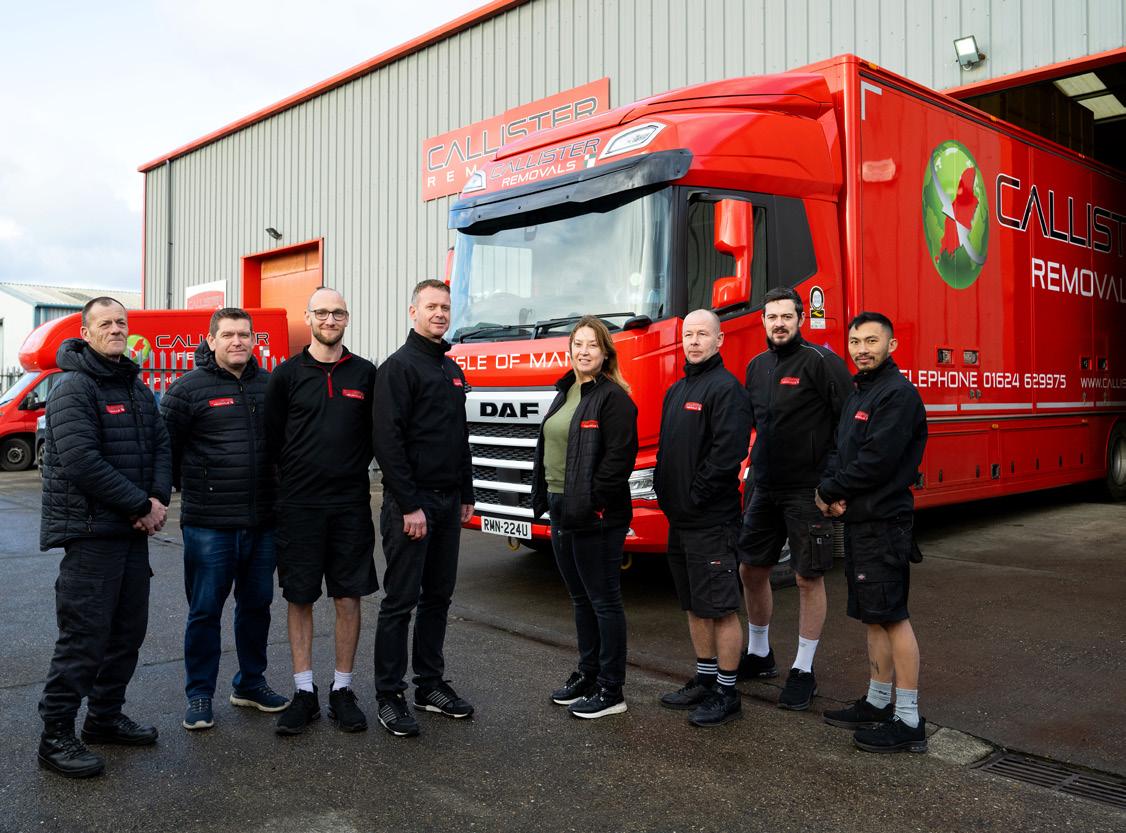
of removals vehicles that is based in Norfolk,” he explains. “It has always been very reliable and able to put the bodies onto our DAF trucks. We’ve never had any major issues with anything that it has built or put onto our fleet.
“For the XD, the chassis was delivered in April or May and then we picked it up in October,” confirms Rob. “It’s just really the chassis in the body that needs any work – the cab is pretty much factory fit, maybe apart from the wind deflector on the top. We did put the Direct Vision cameras on that vehicle to make it compliant for operating in London –that’s maybe one addition in the cab, but the rest is standard.”
One of those CFs – the model from 2011 – is effectively a back-up vehicle, something that Rob says is always part
of the company’s fleet plans. “We try to add a new vehicle every six to seven years to the fleet and then that truck just replaces the oldest one we have,” he explains. “I try not to get involved in the driving – we’ve got three truck drivers and two others for the 3.5-tonne vehicles – but obviously the truck drivers can do the 3.5-tonners as well. They all love the XD and are all fighting to drive it at the moment!”
The trucks feature some specialist kit that allows them to be flexible with the cargos – essential when the business involves moving a very broad range of items from A to B. “We’ve got a retrofit solution, using some lock-load bars with some boards above them, so we are able to transport a car in the truck, but not waste the rest of the space around it,” he explains. “Like I said, it’s all about
making the most out of the volume we have available to us on the truck and packing them as efficiently as we can. It’s a relatively simple process – we drive the cars up the ramp, put them in place and then continue to pack the rest of the space around the vehicle.”
As well as the 18-tonne trucks, the Callister Removals fleet boasts three 3.5-tonne vehicles, too. “The Isle of Man is full of very tight roads and lots of B-roads, so those smaller vehicles are sometimes as important as the larger trucks to make sure that we can gain access to all the properties that we need to when moving people.”
Another challenge for Callister Removals is on the admin and driver requirements side, the rules of which are different in the Isle of Man than here in the UK. “We’ve got to have an O-licence on the Isle of Man, so that requires full A and B servicing every eight to 10 weeks – which probably
seems quite low for people in the UK, but we don’t do the same mileage,” confirms Rob. “All the work is done by Wades Truck Services DAF here on the Island – near us in Balthane – but we have to get tachographs calibrated in the UK because we don’t use them here, so there’s no-one who looks after them or offers a calibration service.
“For the calibration, we generally go to a DAF location, depending on where we are in the country, but everything else is handled by Wades, which is a great outfit.”
Back and forth
In a typical year, Rob says his drivers are probably making between 50 and 60 crossings a year between the Isle of Man and the mainland UK. “Typically, we schedule the vehicle to leave on a Monday morning or evening – the time is dictated by the ferry schedule,” he explains.


“Then we look to deliver sometime on Tuesday or Wednesday morning, before collecting the return load on the Wednesday afternoon or Thursday and then get back on an overnight sail and onto the island on a Friday to deliver here. So it’s quite a quick turnaround for the clients, with a four-hour boat crossing added into the mix. We try to get it within one or two days for the clients. Obviously, that can vary depending on where the vehicles are going in the country, but we always aim to have the vehicles back on the Friday to complete the week by emptying them.”
The Callister team isn’t alone in offering the service, he confirms that there are three or four other businesses shifting people’s possessions across the water. “Obviously, we also have a number of freight companies here, but they don’t tend to do removals and we don’t really tend to get involved with freight.”


Rob says the company doesn’t really have any major challenges, not with the trucks themselves, anyway. “On a weekly basis, the biggest issue tends to be the sailings and cancelled crossings, which is obviously nothing to do with the vehicles themselves. Either that or delayed sailings, which just puts our plans out of the window,” he says.
“With the schedule that we try and put in place, it can be quite troublesome, trying to keep everything on track when you’re faced with bad weather, which is typically high winds. The best word to describe the Irish Sea is probably rough – I would say unpredictable, but it’s almost predictable that it is rough! I’ve had a few, shall we say, uncomfortable crossings on that boat in the past. But the company has just got a new boat and that one seems to be a little bit better than before – even though they’re still breaking it in and getting used to it. But there seems to be more
space on it and the cabins have been improved – and there are more of them. It’s also a bit more passengerfriendly than the old ones.”
Plans for the future
Rob says that while he doesn’t think any more vehicles will be joining the fleet he is still keeping a very close eye on the new XD. “That’s simply because, when I picked it up, it felt so different and nice to drive that we probably would look – maybe in a year or two – at getting an additional one and potentially breaking the mould that we have with our fleet setup,” he hints.
“It all depends on work and other elements, but the XD is a very impressive vehicle to drive and makes the driver’s job a lot easier than it was with the old ones. We’re really happy with the dealer here on the island when it comes to aftersales and the new truck has been seamless.”
On a wider point, any expansion plans are in the hands of the authorities, to a point, says Rob. “To be honest, we probably will just stay with the removals and storage business for the time being and we’ve got no plans to do anything else. We do removal storage and self-storage now, but there might be a time in the future where we look to expand the self-storage because it is always a growing market,” he explains.
“We’ve got a population of 85,000 people at the moment on the Isle of Man, but the government are looking to expand it to 100,000 within the next five or 10 years. We definitely see more people moving to the island than leaving it, so we do see that trend in effect. If that is the plan and it does happen, then it’s good news for us. It would also be great to get all of our vehicles full both ways, but if we can get half or three-quarters full one way and then full the other, that would be good enough for us.”
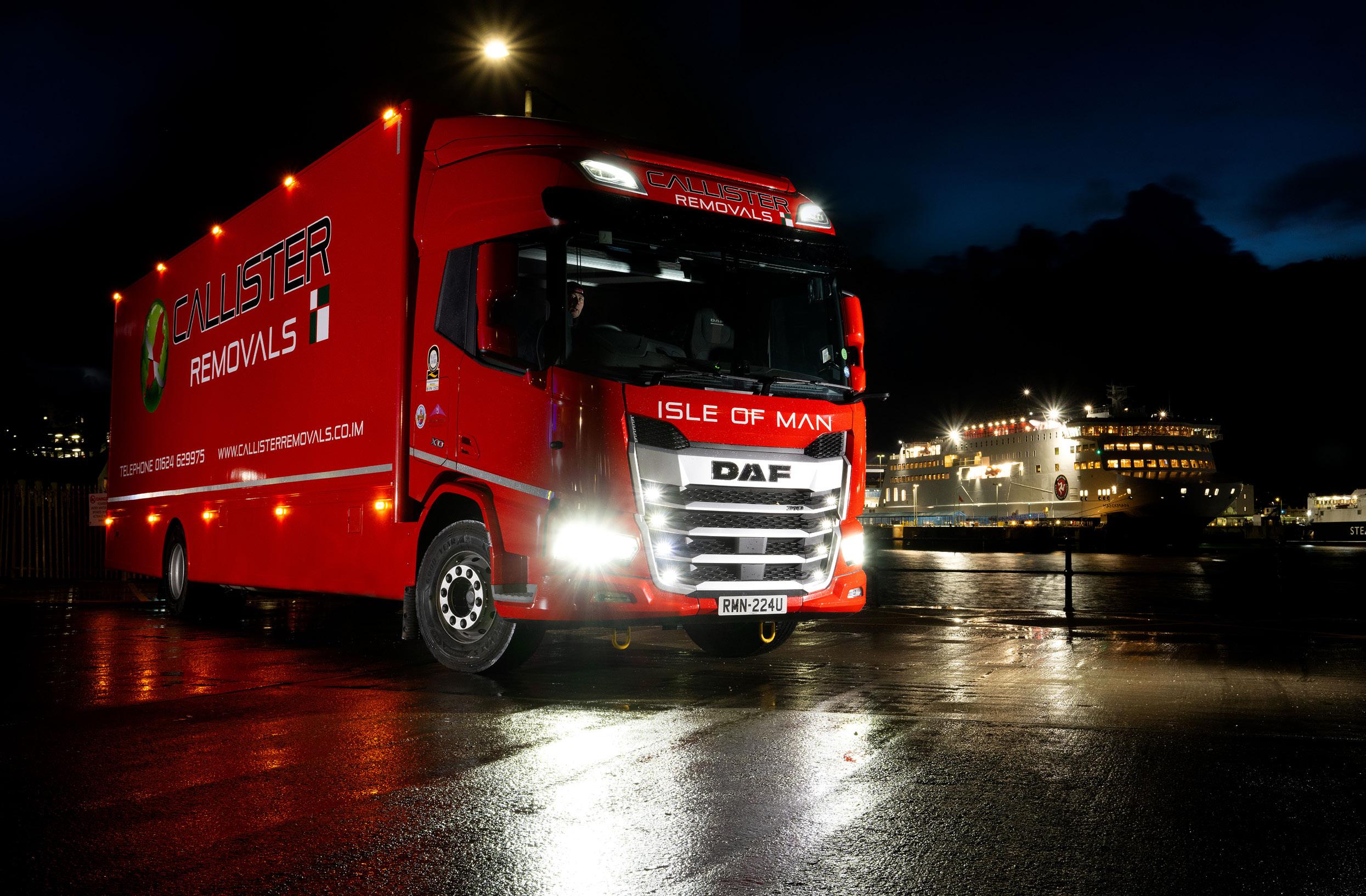
“WE’VEGOTAPOPULATIONOF 85,000PEOPLEATTHEMOMENT ONTHEISLEOFMAN,BUTTHE GOVERNMENTARELOOKINGTO EXPANDITTO100,000”

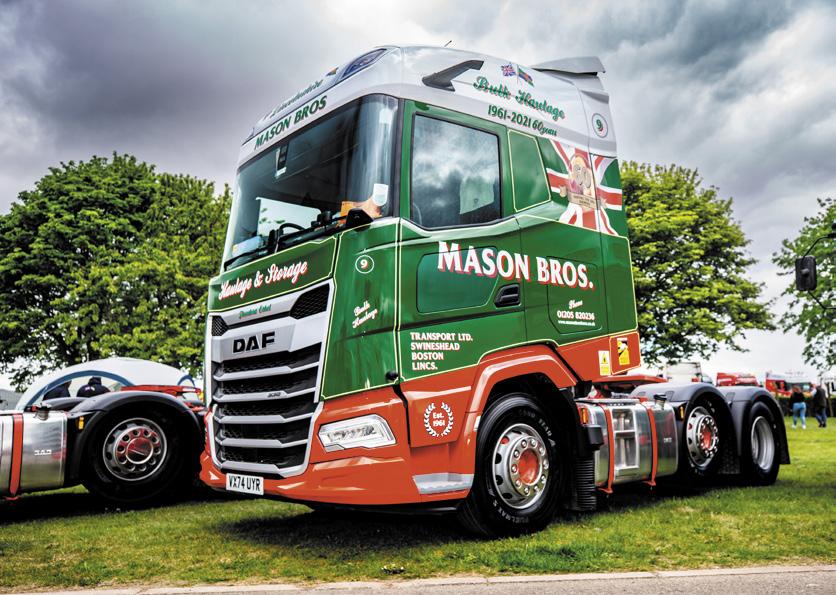
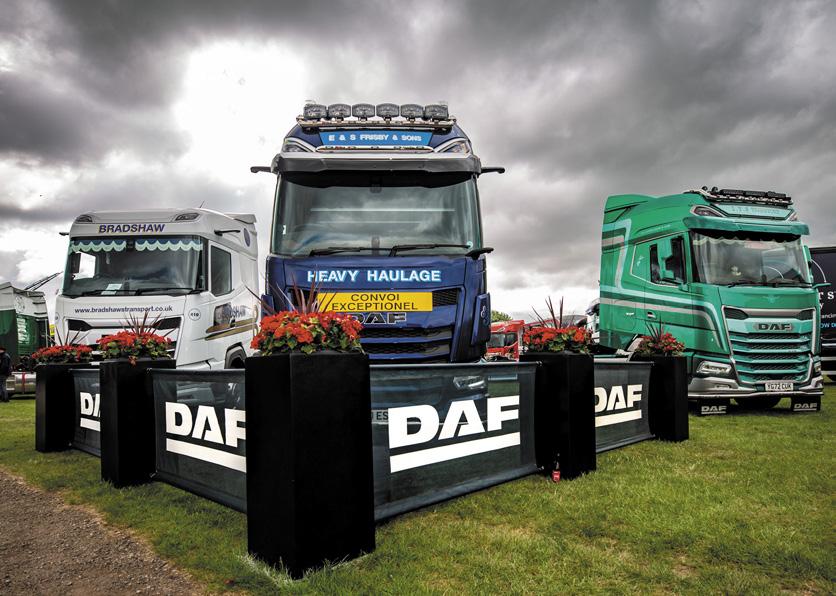

Truckfest 2025 at Lincoln delivered an unforgettable weekend for truck enthusiasts, showcasing the best of the transport world. A major highlight was the judging for the coveted DAF Driver magazine awards, recognising excellence in driving, vehicle presentation, and commitment to the industry.
Visitors enjoyed a fantastic display of DAF products, including the latest generation trucks equipped with cutting-edge technology, alongside old favourites that continue to capture hearts with their enduring style and reliability. The show also featured an impressive lineup of associated PACCAR brands, offering something for every fan of classic and modern engineering.
One of the show’s standout exhibits was a beautifully preserved Foden S21 “Mickey Mouse” cab, drawing attention for its unique design and historical significance. Truckfest Lincoln once again proved to be a celebration of passion, innovation, and community within the world of trucking.

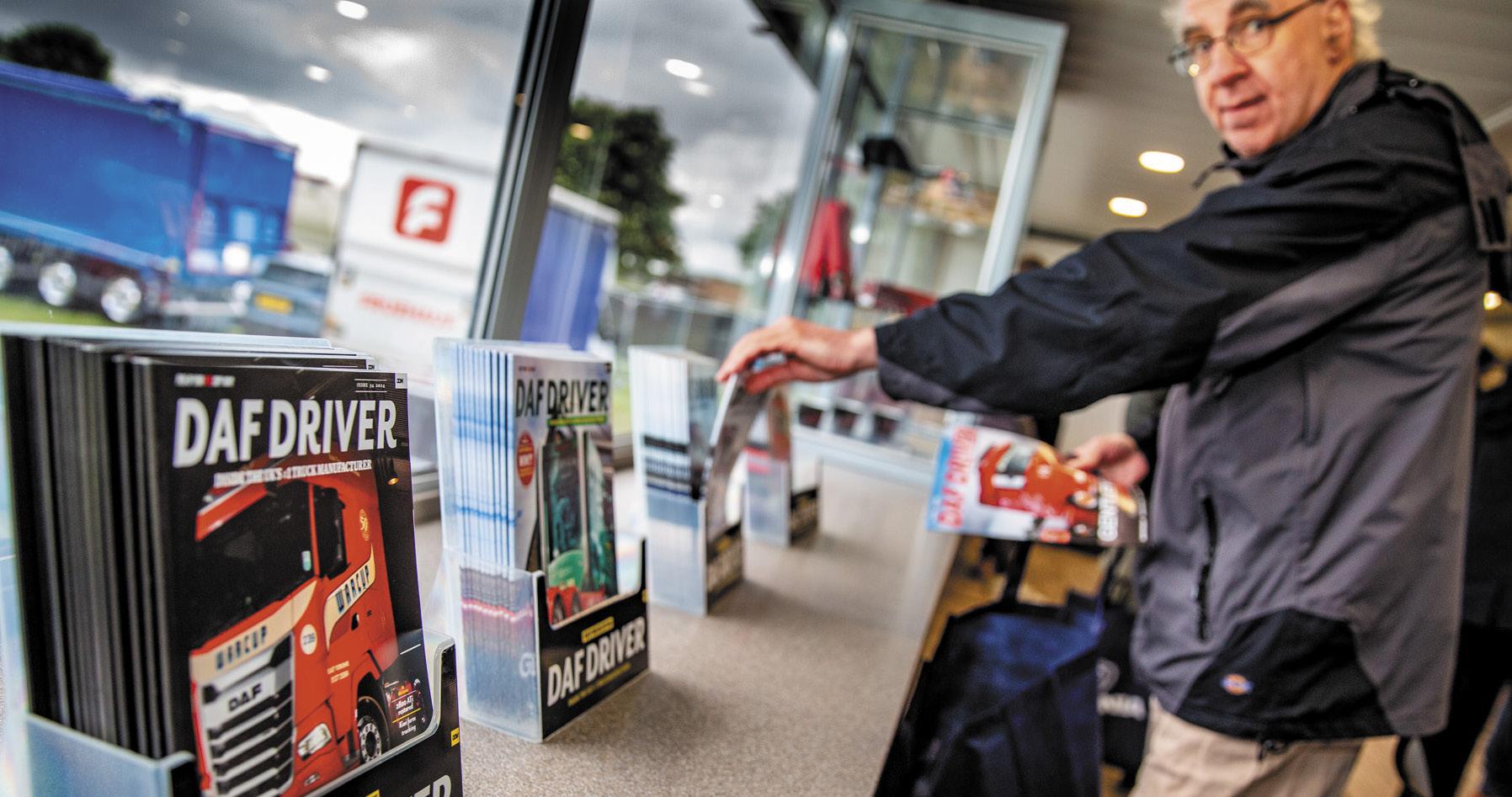


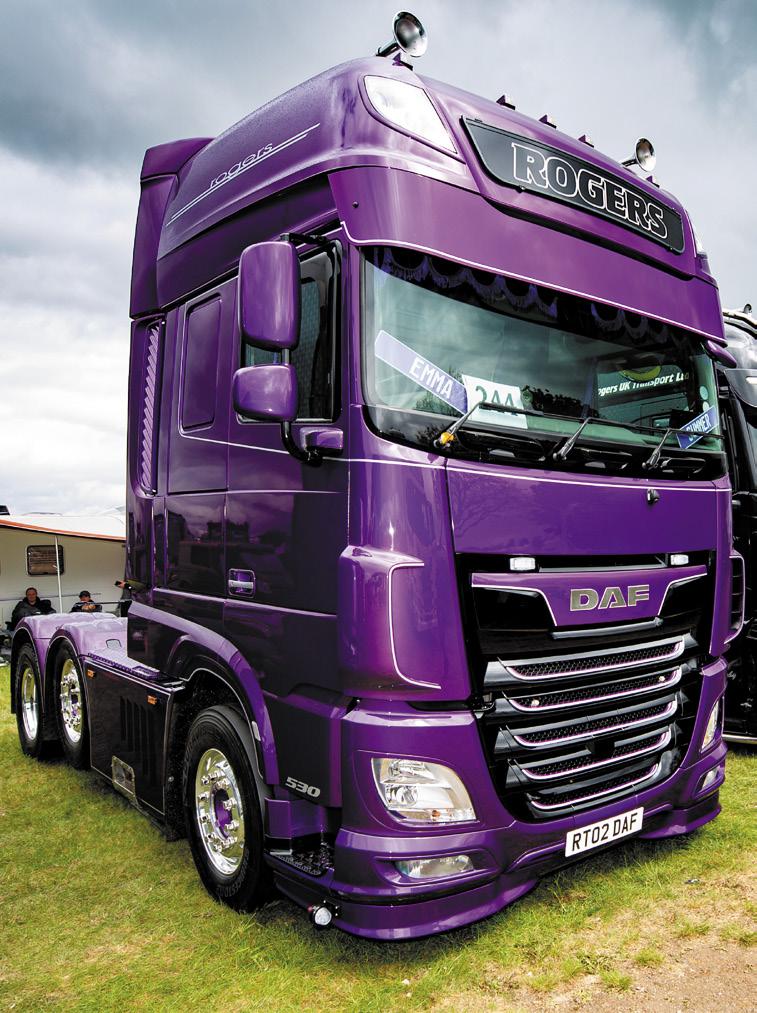
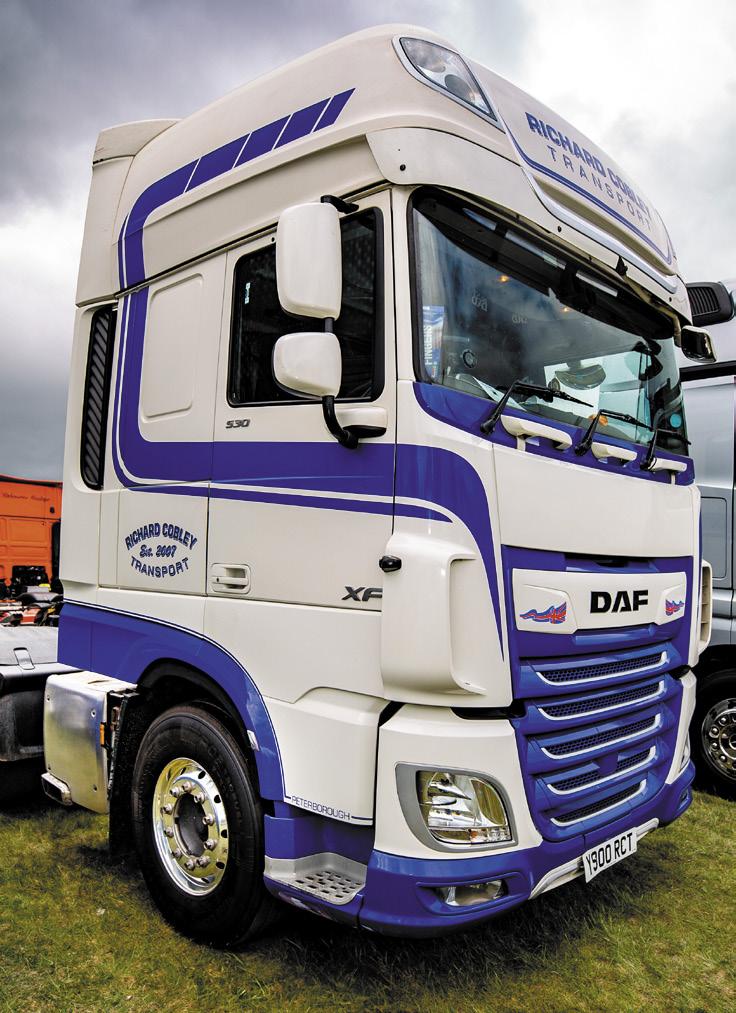




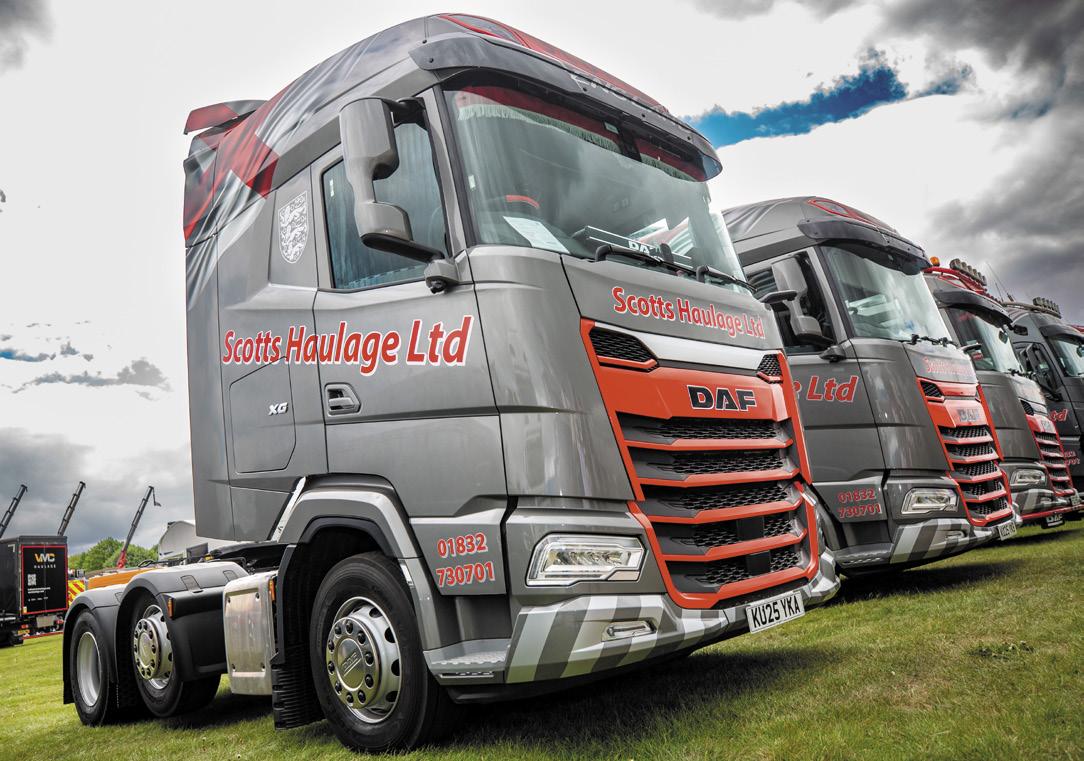
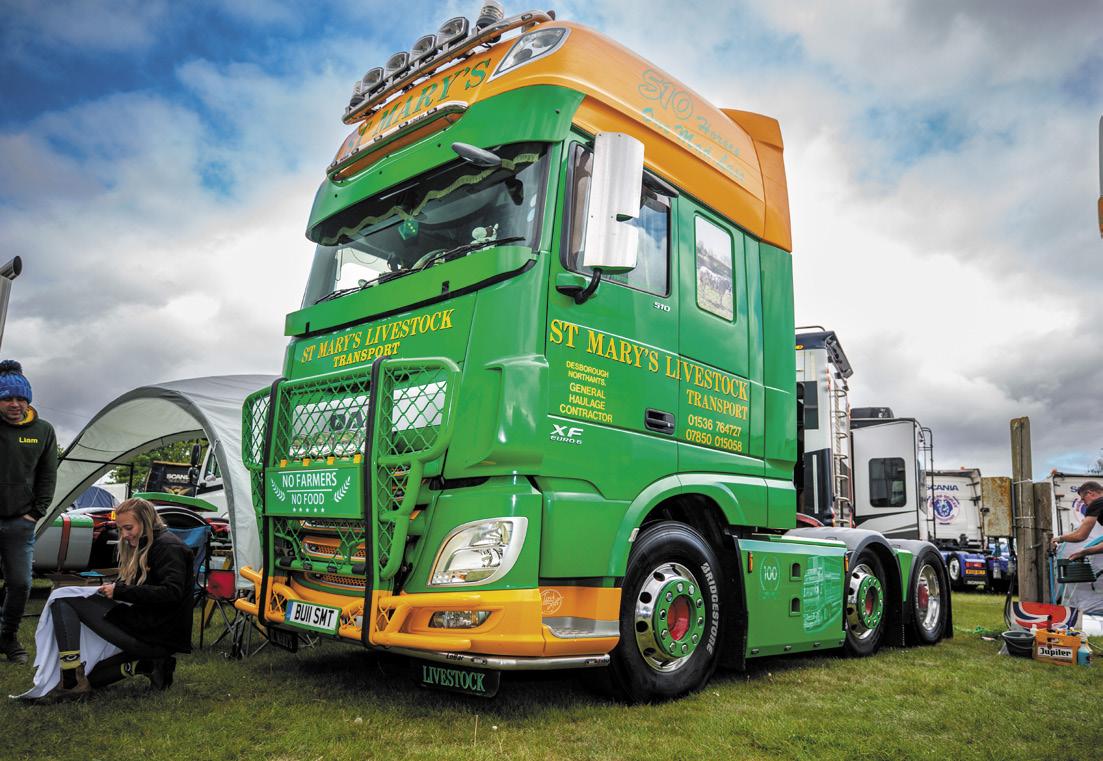







“ONEOFTHE SHOW’SSTANDOUT EXHIBITSWAS ABEAUTIFULLY PRESERVEDFODEN




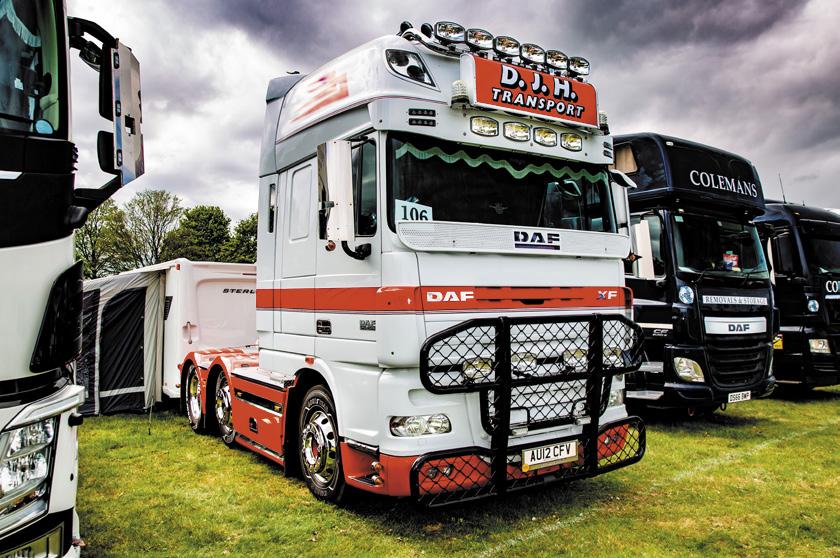




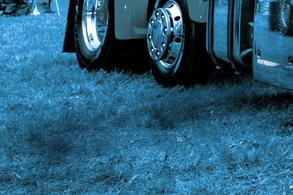
BESTSHOWTRUCK

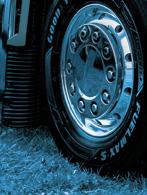




BESTWORKINGDAF

BESTSHOWTRUCK RUNNERUP

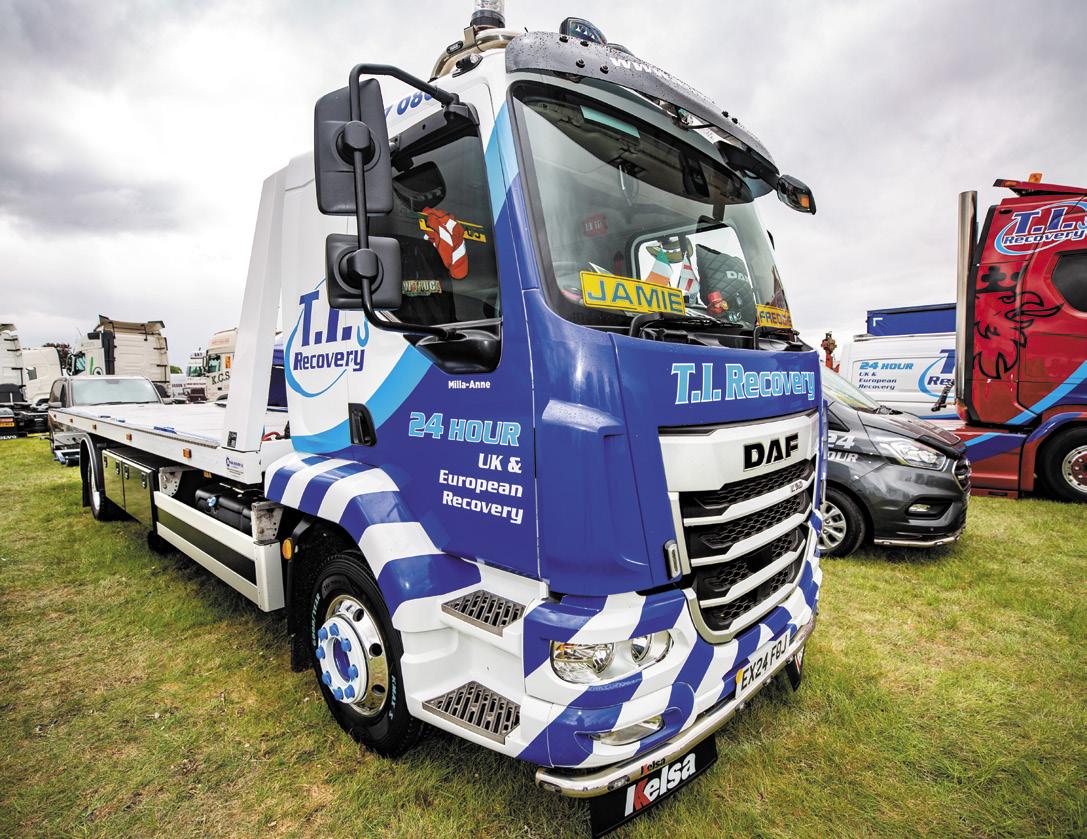



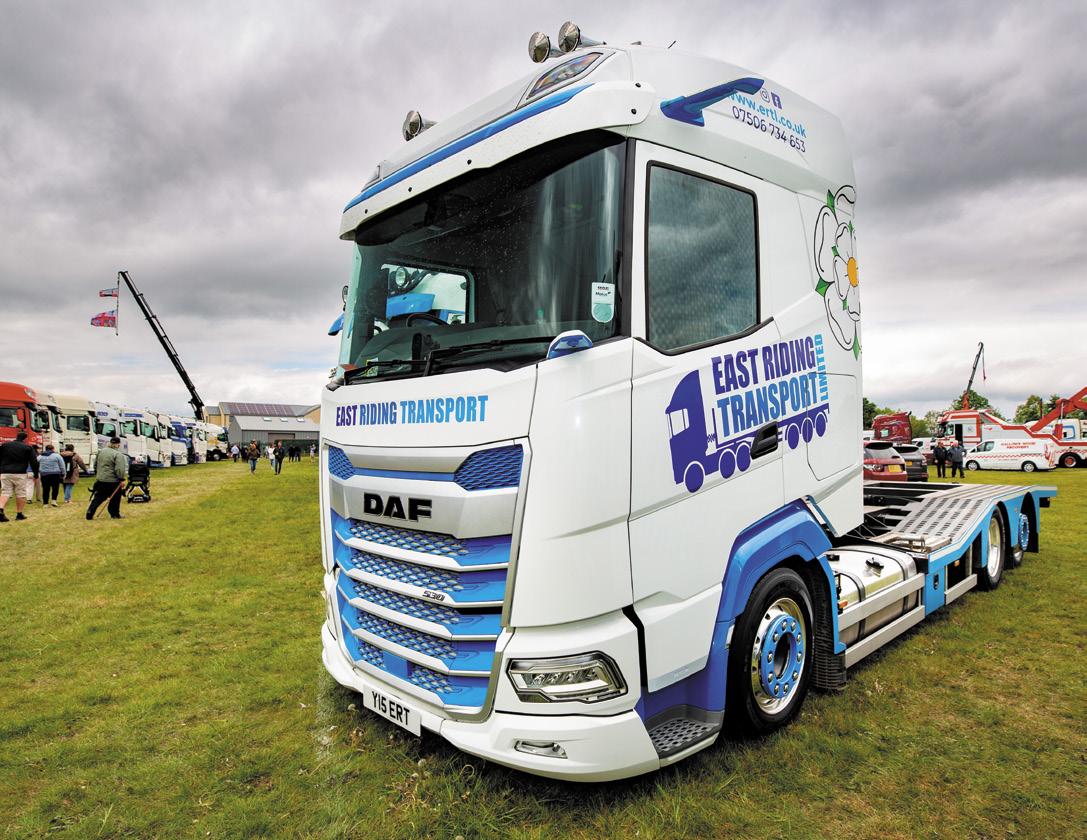

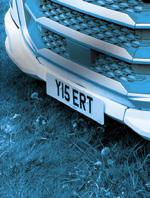

BESTCLASSICDAF
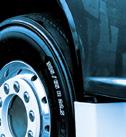
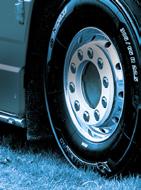



BESTWORKINGDAF RUNNERUP

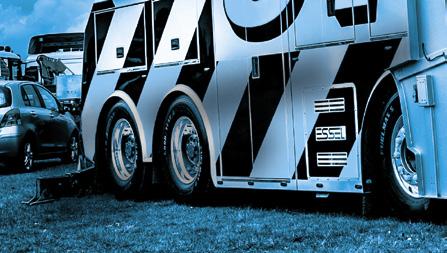



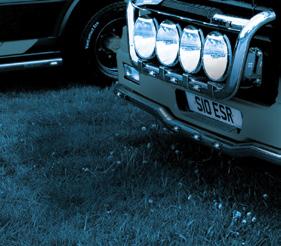
BESTCLASSICDAF RUNNERUP

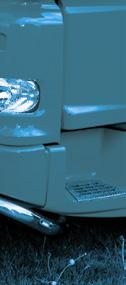

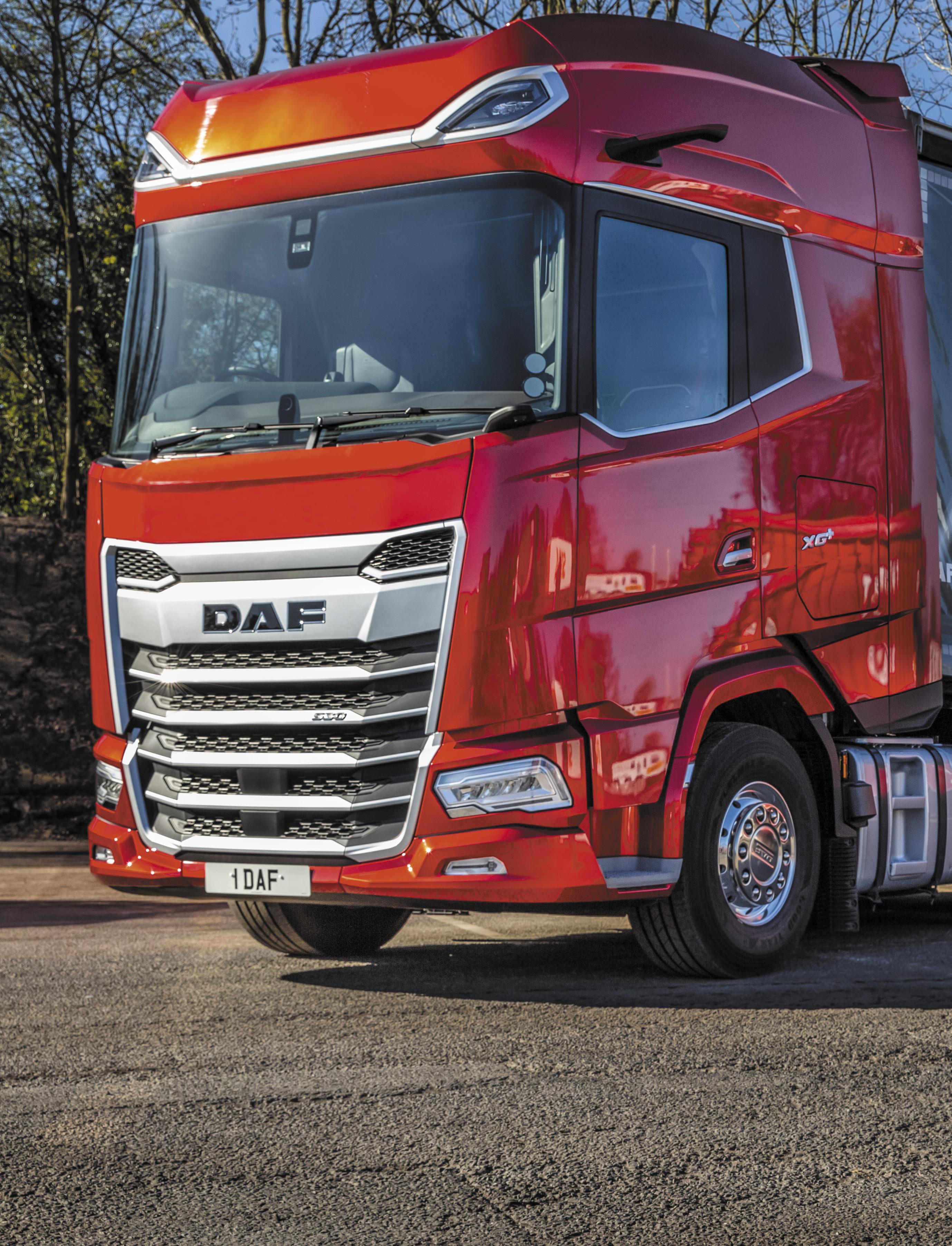



Midweek breakfasts for DAF Trucks UK MD David Kiss are usually nothing more than a black coffee—but today, he’s making an exception. After carefully studying the extensive menu at Junction 23 Lorry Park in Shepshed, he chooses a virtuous option: scrambled eggs on toast. “I sometimes have eggs on toast at the weekend, or maybe an avocado,” he says. Keen not to appear greedy, we resist the lure of the full English and follow his lead with two fried eggs on toast. With a couple of black coffees in hand, we sit down to begin the interview.
Kiss’s 19-year career with PACCAR, includes three years heading up DAF’s Hungarian operation, and it’s about that our first question relates to.
CM: How does the UK market differ from the Hungarian one? And what are the biggest challenges?
DK: When you look at the UK and Hungarian markets, the fundamentals are similar—our industry moves goods from A to B. But the UK market is far more complex.
There’s a much wider variety of vehicle types involved. In many European countries, like Hungary, the focus is on international transport, and truck specs tend to follow a familiar pattern. Most are 4x2 tractor units, and the big questions are: is it a low deck or not? What’s the horsepower? What colour is it? Does it have a Super Space Cab or not? I’m oversimplifying, but that covers about 90% of the business in those markets.
In the UK, it’s a different story.
Everything is built to order and tailored to the application. There’s no one-sizefits-all model here—it could be a 4x2, a 6x2, or an 8x4. Around 60% of our UK registrations are rigids, which adds another layer of complexity because of the involvement of bodybuilders.
CM: The New Generation DAFs are great trucks and have hefty price tags to match. However, DAF’s residual values haven’t kept up with increasing front-end prices. How are you going to tackle this?
DK: That’s a great question, and it’s something we’re very aware of. When we developed the New Generation DAF, one of the key objectives was to make sure its premium value translated beyond just the first owner. The used market takes time to catch up. At launch, the focus is always on the
first user, and it takes a while for the second-hand market to fully recognise the value. That said, we’ve already taken strategic steps which are having a positive impact.
It’s hard to measure that progress right now because used truck prices across Europe have dipped in recent months—so benchmarking is tricky. But from a PACCAR perspective, we’ve got a lot of best practice to draw on. Peterbilt and Kenworth consistently achieve the highest residual values in their markets.
I’m confident that, over time, the New Generation DAFs will earn that same premium status in the used market too.
When we asked for reader questions, the response was superb—so thank you. Apologies if we didn’t get to yours; we could easily have filled half the magazine with them. Several of you raised concerns about reliability, so we figured now was a good time to bring up the subject.
CM: I’m afraid we have a few tough questions now regarding reliability. Firstly, there have been reports of camshaft issues—can you clarify if this is a known problem and how DAF is addressing it? DK: I have no problem with tough questions. At the end of the day, these are mechanical products, and inevitably, there will be failures from time to time.
In this case, I believe the person raising the issue is referring to a truck that’s around five years old. We were aware of some camshaft issues on older vehicles, and we addressed them. Unfortunately, there wasn’t a way to identify affected trucks in advance, so it was a case of ‘fix on fail’. We repaired them as soon as any signs of the issue appeared. The good news is that there were no failures reported beyond 600,000km—so if a truck has surpassed that mileage, you can be confident it won’t develop a camshaft issue. At this point, every affected vehicle in the parc should either have been fixed or simply isn’t at risk.
CM: Would DAF consider offering extended warranties on certain parts that repeatedly
fail after initial warranties have run out, such as issues relating to a DPF?
DK: It depends on the model, but all our vehicles come with a one or twoyear warranty as standard, and three years on the driveline. On top of that, customers have the option of taking out an R&M contract, which provides full coverage for any issues that arise beyond the standard warranty.
CM: I have an early XG, which is quickly running out of its three-year R&M package. This scares me as I have encountered some problems, particularly with fuel injectors. Fuel system additives and flushes are temporary fixes, and problems re-emerge weeks later. Can you put my mind at rest?
DK: Since the beginning of last year, all new vehicles have been fitted with the latest fuel injector hardware and software, which resolves the issue of soft deposits. Flushing was previously a best practice—and in some cases still is—but the root cause has now been addressed.
For earlier vehicles, if they haven’t yet received the latest updates, I’d recommend visiting a DAF dealer. The good news is that we offer a five-year warranty on injectors specifically for this issue, regardless of whether the vehicle is covered by an R&M package. So even if this customer’s three-year R&M is coming to an end, the injectors will still be under warranty for another two years.
CM: My DAF XB310 is 1.5mpg worse on fuel than my otherwise identical LF320. Any idea why? My DAF dealer/supplier seems uninterested.
DK: That’s certainly not what we’d expect. We invest heavily in R&D to bring down total cost of ownership, and fuel consumption is a major part of that—so a difference like that sounds unusual. I’d suspect there’s a spec difference somewhere between the two vehicles. If you can share the details, we’d be happy to take a look.
As for the response from the dealer, that’s equally surprising. If it’s an official DAF dealer, that approach is completely out of step with the culture we have and promote in the UK. I’m very proud of our dealer network.
“WHENWEDEVELOPED THENEWGENERATION DAF,ONEOFTHEKEY OBJECTIVESWAS TOMAKESUREITS PREMIUMVALUE

CM: Is there a vehicle computer upgrade coming soon that will tackle lighting problems and other annoying faults with my XB? Our dealer has fitted a battery isolator switch so I can turn the lights off when parked at night, and I know we’re not the only operator with this issue.
DK: This goes back to last year, when we had a number of software-related issues. The most important thing is to ensure the vehicle is running the latest software version. At one point, we were releasing updates almost every four weeks—it’s similar to an iPhone, where staying current is key to avoiding glitches.
Most of those issues have now been resolved, though we’re still working on a small number of minor ones. From the sound of it, your dealer has come up with a sensible solution that is specific to this truck.
CM: Why can’t the windows roll down further, especially on the passenger side?
DK: The New Generation trucks offer excellent visibility, but there’s a tradeoff between the size of the window
and the physical space inside the door. There’s still enough space to rest your arm inside the window, but it doesn’t go all the way down. If you’ve got the additional kerbside window, that limits the movement even more. But the window still lowers as far as we could possibly engineer it to.
CM: Do you find the bleeping and other sounds emitted from the dashboard as annoying as I do? I hear ‘da-da-ding, dada-ding’ in my sleep.
DK: I feel for this person—yes, I do find it annoying too, especially considering how quiet the cab is otherwise. But some of those warning sounds are required by safety legislation, so they have to be there. That said, in the latest generation trucks, the sound has been updated to something a bit more user-friendly. The old one definitely stuck in your head! I’ll take this back as feedback— maybe we can look at offering a selection of tones. As long as they meet the legal requirements, I’m sure we can find something a little softer.
We guessed we were going to get at least one question about DAF’s Digital Vision System mirror replacement, and you didn’t disappoint!
CM: I like Corner View, but I can’t help thinking Digital Vision System (DVS) is the answer to a problem that didn’t exist. Do you agree?
DK: I like DVS. I think the quality is excellent—even in poor weather conditions, you still get consistently clear visibility, often better than with physical mirrors. The system has already gone through a number of improvements, and it will continue to evolve.
That said, you can still spec a truck with conventional mirrors, and for some applications that might make more sense. But from a TCO point of view, physical mirrors create a huge amount of wind resistance. Just stick your hand out the window while driving and you’ll feel it. Replacing that with a compact, aerodynamic camera system helps reduce fuel consumption.
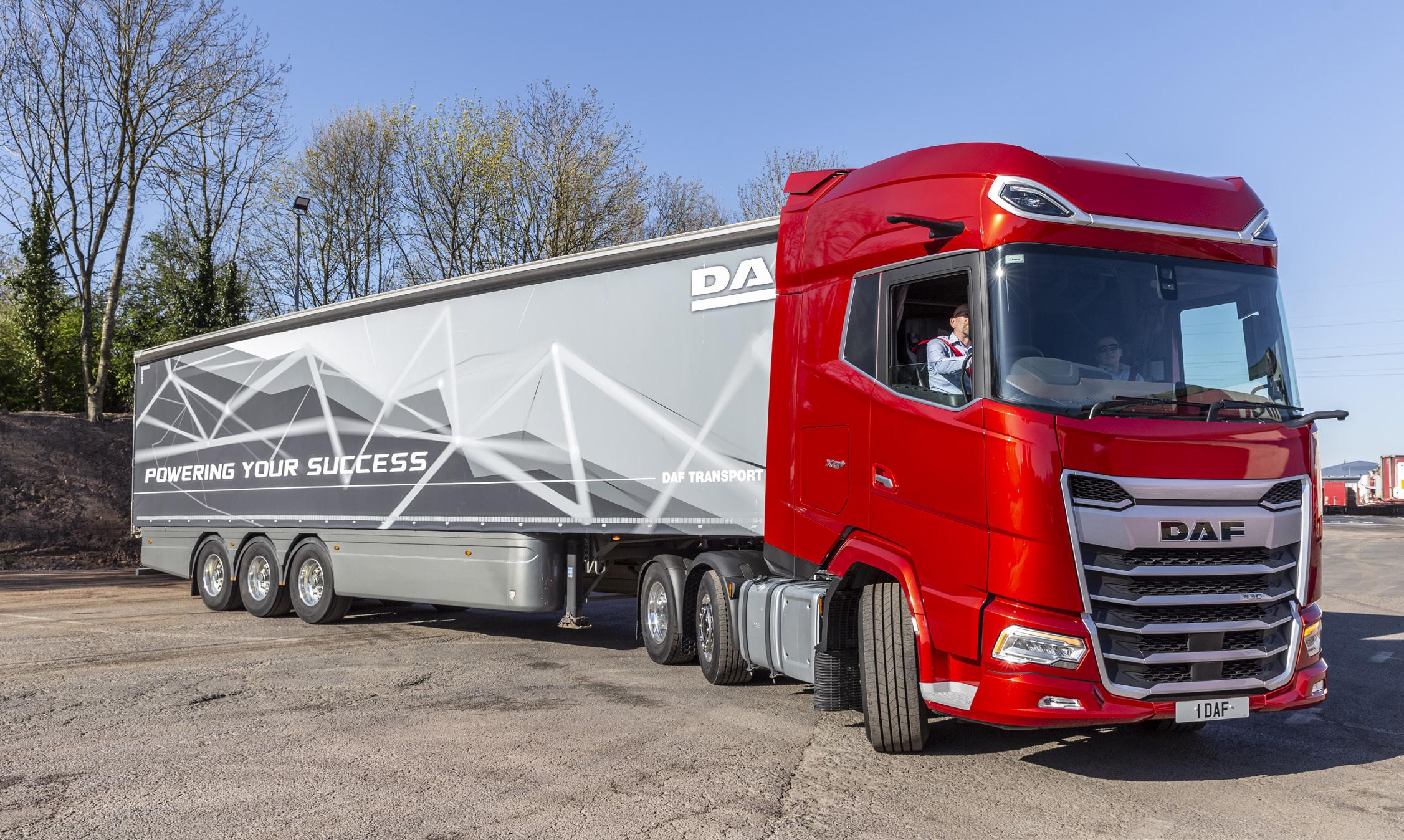
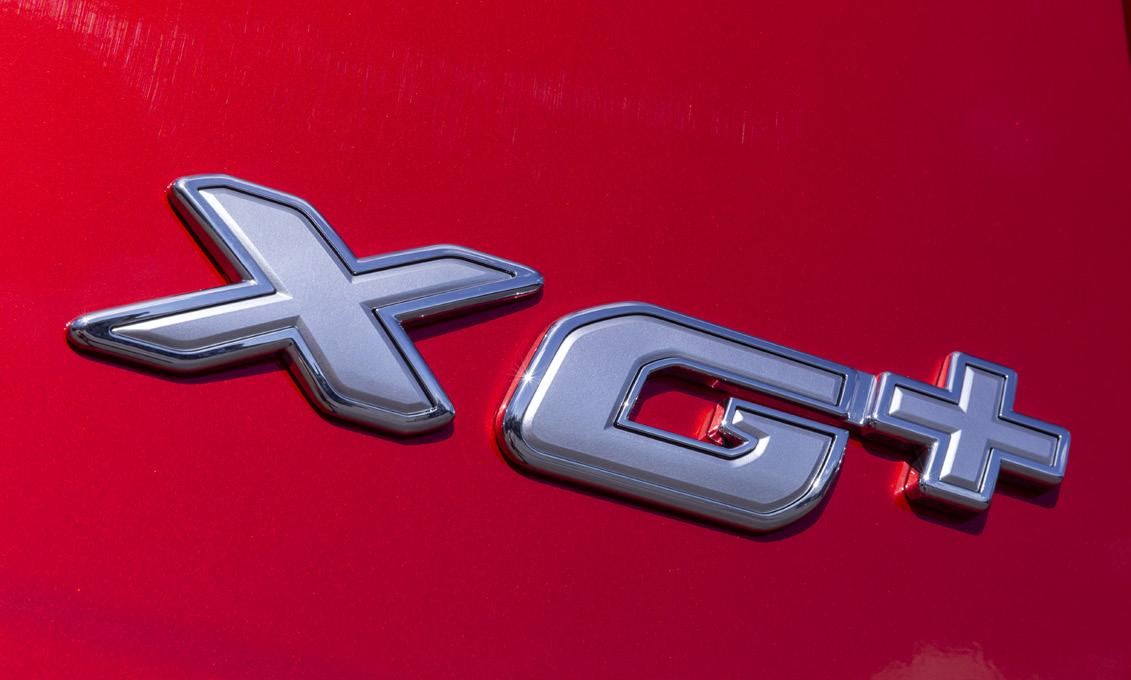
“THERE’SAJOKETHATIF YOU’VEWORKEDATDAF FORTHREEYEARS,YOU’LL PROBABLYSTAYFORTHEREST OFYOURCAREER.”
It also improves safety. The camera tracks the trailer, so visibility is better in corners and when manoeuvring. And when you’re parked up, you can see what’s going on outside the cab— which I think is a fantastic safety feature.
CM: Are you aware that during heavy rain, water flows around the camera bracket and covers the lens?
DK: The cameras are designed to minimise this, with the DVS and Corner View cameras being recessed into their housings. And both the DVS and corner view cameras are heated to prevent frosting and moisture build-up. There’s a switch on the door control panel for this. It’s possible a drop of water can settle on the lens in heavy rain; but this is probably still better than conventional mirrors in the same conditions. A quick clean, or even better, apply a hydrophobic coating every couple of months to help the water bead off more easily.
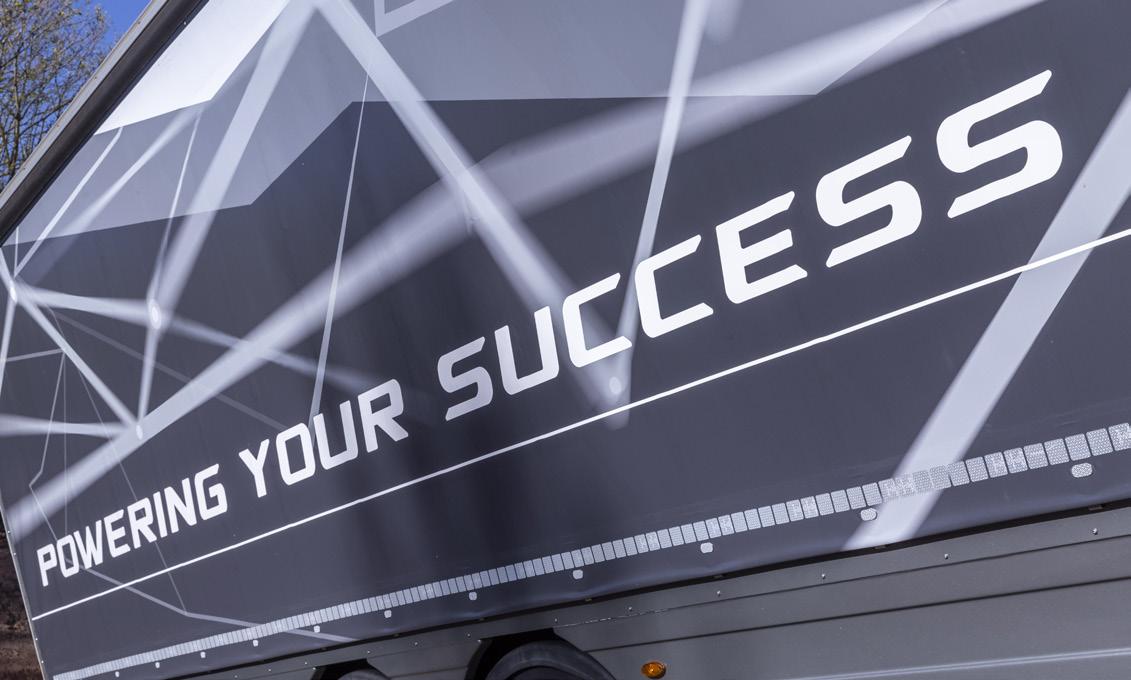

CM: Are the XG+/XG/XF/XD cabs GSR 2 direct vision 2029 ready now or will they require further modification? Presumably the XB won’t be compliant so may require a whole new cab structure? Would this be bought in again, maybe still from Volvo Group?
DK: I am impressed with your readership, because that is a very detailed question.
It’s too far ahead to give a detailed answer, but the latest generation are designed with visibility in mind. It is likely there will be minimal adjustments needed to be compliant with any new legislation. On the XB cab we will need to make more changes, but I don’t know the details.
Needless to say, we had several question relating to the UK’s road to net zero, and opted for the following two.
CM: Are the current zero-tailpipeemission regulations still realistic, or will manufacturers need an extension? The deadline is looming, it’s now 2025, uptake
is still low, and there’s no sign that’s about to change.
DK: That’s a complicated question. There’s still a lot of discussion among governments, industry and other stakeholders about the various technologies—hydrogen combustion, hydrogen fuel cell, battery-electric, and potentially others. In the long term, I think there will be a role for several solutions. But for now, battery-electric is the most practical option, and that’s the one we’re focusing on. The next step is making sure the foundations are in place—charging infrastructure and grid capacity. A lot of companies are working on that, and it’s progressing. I believe most electric trucks will be charged at base, which already works well for many operations. From a supply point of view, we’re ready. We’ve invested in dedicated electric truck assembly in the Netherlands, building everything except the XB Electric, which is produced in the UK. The Leyland factory can produce all our electric

truck models (and will for the UK). Those investments were made based on expectations of a much larger market than we currently have.
The final, and probably most crucial, piece is demand—and that’s where change still needs to happen.
The North Star is clear: we’re heading towards the end of diesel sales in 2040. How we get there year by year is still uncertain, but it’s the right thing to do, and I think we’ll see a healthy rampup. Yes, the UK market was flat last year, but I’m cautiously optimistic.
CM: DAF is working on hydrogen combustion engines. Will I be able to buy regular combustion-engine trucks and run them on diesel or HVO up until 2039, and then switch to buying hydrogen combustion trucks in 2040, effectively skipping battery electric altogether?
DK: While we’re investing heavily in battery-electric, and in both hydrogen combustion and fuel cell, we’re also putting a lot into next-generation diesel—because diesel will be around until 2039.
“I’DDRIVEFROMTHETOPOF SCOTLANDALLTHEWAYDOWN

Just looking at the physics and energy density, there are very few technologies today that are better on the road, at speed, than an internal combustion diesel engine. And running on HVO is brilliant. It’s the biggest thing you can do today to reduce greenhouse gas emissions. If we all switched to HVO, the UK would be in a significantly better position— and our vehicles can run on it without any modifications.
That said, 2039 or 2040 is still a long way off, and the pace of development in all these new technologies will be rapid—much more so than diesel, which is already mature. I think what’s more likely is that most operators will have a financial incentive to switch to battery-electric before that deadline. Once your total cost is at parity with diesel, it starts to make sense—unless you’re in long-haul, which will probably be one of the last sectors to convert. And I think the business model will evolve too. Your customers will increasingly value the fact that you’re
going green. So no, I don’t think most companies will want to skip electric altogether.
DAF’s top-rated truck in Europe currently tops out at 530hp, but it’s just launched a 660hp Cumminspowered XG Down Under. It was inevitable someone would ask the obvious question—and in fact, several of you did.
CM: When will you be bringing the Australian 660hp XG to Europe? I run a fleet of high-horsepower Scanias and Volvos and would happily add some XG+ 660s.
DK: I’m not sure there’s a real need for it here—especially given VECTO and the push towards zero emissions. At the moment, there are no plans. That said, from a personal point of view, I’d love to see a very limited edition. But that’s more of a dream than a reality—so no plans for now. Kiss arrived at the Junction 23 Lorry Park in a stunning flame-red DAF XG+, but he was in the passenger seat,
so we think we know the answer to this next question.
CM: Do you hold a HGV licence? If not, do you think this puts you at a disadvantage?
DK: No, I don’t. And all things being equal, of course it’s better to have one than not. That’s clear. But DAF is full of people who do hold a HGV licence. I’ve had the privilege of driving all our DAF trucks, and most PACCAR models too, at various test facilities around the world. I’ve driven everything from a manual Tatra with a CF cab to a Peterbilt where you’re encouraged to shift without using the clutch. If I could go back 20 years to the start of my DAF journey and ask myself whether I should have done it, then the answer is definitely yes. But today, I’ve got other things I can focus on that I think will have a bigger impact for everyone reading this.
CM: If you could take any DAF truck on a dream road trip, which model would you pick and where would you go?
DK: It would definitely be the current XG+ - hands down. I’d drive from the top of Scotland all the way down to the Atlantic coast, to the tip of Portugal. A nice long run. It would be a really enjoyable trip to do.
CM: DAF has a loyal following—what do you think makes people so passionate about the brand?
DK: That’s a good question. And it’s true—not just for customers, but for our employees and dealer network too. There’s a real sense of loyalty. There’s a joke that if you’ve worked at DAF for three years, you’ll probably stay for the rest of your career. That says a lot about the culture. It’s a long-term mindset. It’s not transactional, and that approach runs right through the dealer network as well.
Every truck will have issues from time to time, but we work closely with our dealers, customers and operators to sort things out. There’s a real sense of belonging—it feels like being part of the DAF family. People feel like they’re part of a community. And that matters.
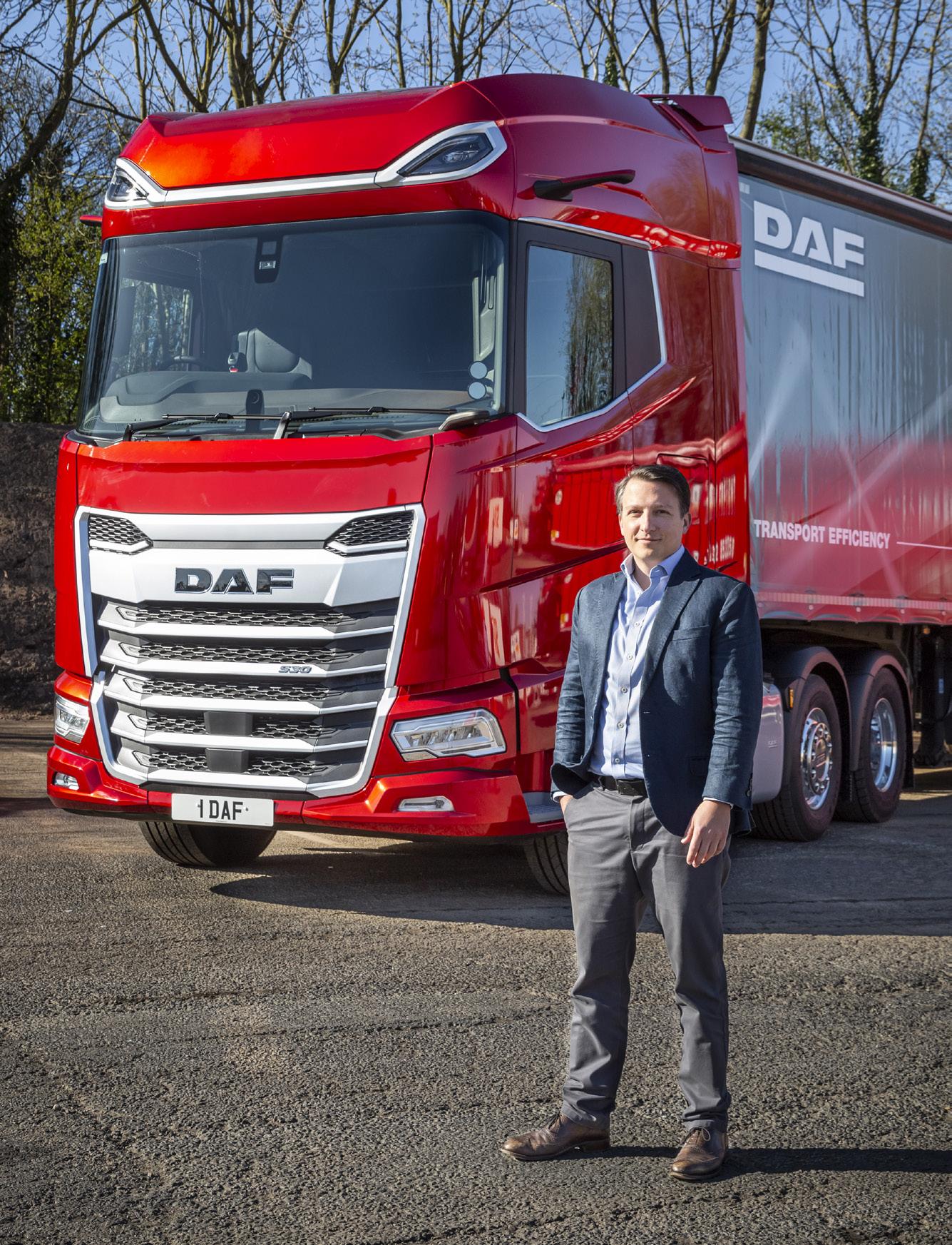
Hungarian-born David Kiss didn’t plan on a career in trucks. When he joined DAF as an intern in 2006, it was only meant to be a short stop—just enough time to get some experience before heading off with a backpack to chase the sun. But the job pulled him in. One year became three, and now, nearly two decades later, he’s running DAF Trucks UK.
He doesn’t come from an engineering or automotive background and readily admits he used to badger his service manager with what he now considers fairly daft questions. But what he lacked in technical knowledge, he made up for in curiosity and drive. His first UK stint began in 2012, working in various roles across the parts division. Then came a call from Peterbilt in the US, offering him the chance to help develop its medium-duty market. It was supposed to be a long-term move, but just a year later, Europe came calling again—this time with a unique role: MD of DAF Hungary, a rare market where the company owns the dealership and where his Hungarian came in handy.
In 2019, he moved to DAF’s headquarters to become Sales Director for PACCAR Parts Europe, with responsibility for most of the world—everything, ironically, except the UK, Australia and South America. Now back on British soil for nearly two years, he’s in charge of what he calls one of DAF’s most significant markets. It may not be the biggest in Europe, but with 95% of vehicles sold here built in the UK — and a customer base that sees DAF as a native brand—it feels every bit like a home market.


In the rolling hills of Cumbria, where deep family roots are often found branching into both agriculture and transport, one haulier’s journey is inextricably linked with both, and with DAF Dealer, Solway DAF, the common denominator.
Words: Ronnie Hitchens

Photographs: Karl Hopkinson
Reproduced courtesy of Trucking Magazine



This story includes three generations of one family –the Cleasbys. Father, George, who sadly passed away in 1989, was a founding member of Solway DAF, along with Ron Fullelove, Bill Beadnall, and Ernie Coulthard. Many older readers, especially those from the north-west, will be familiar with the foursome. Quickly returning to the present, Solway DAF was acquired by Motus Commercials in 2023, and it signalled the end of over 40-years of this very highly regarded ‘traditional’style truck dealership.
Too good to miss
The Cleasby/Solway DAF relationship was rather romantically recognised recently after George Cleasby’s son, Shaun, acquired a New Generation DAF XF 530 FTR – the very last truck to be sold by Solway DAF, and which also marked the retirement of Peter Fullelove, son of Ron, who himself has earned nothing short of legendary status on the local truck scene. “It just seemed like an opportunity too good to miss,” said Shaun Cleasby, “My mother, Hazel, who was also well-known to Solway DAF urged me
to go for it. It’s the first new truck I’ve ever had.
“I’m an owner-driver, and not an every-day driver at that,” concedes Shaun, “I do feel very loyal to the DAF brand, especially with my father’s involvement with Solway, and other marques probably think it’s a lost cause trying to sell to me. If Solway wasn’t being acquired by Motus Commercials, I probably wouldn’t have gone for the new wagon. I was always going to upgrade, but I mentioned the Motus situation to my mum, and she
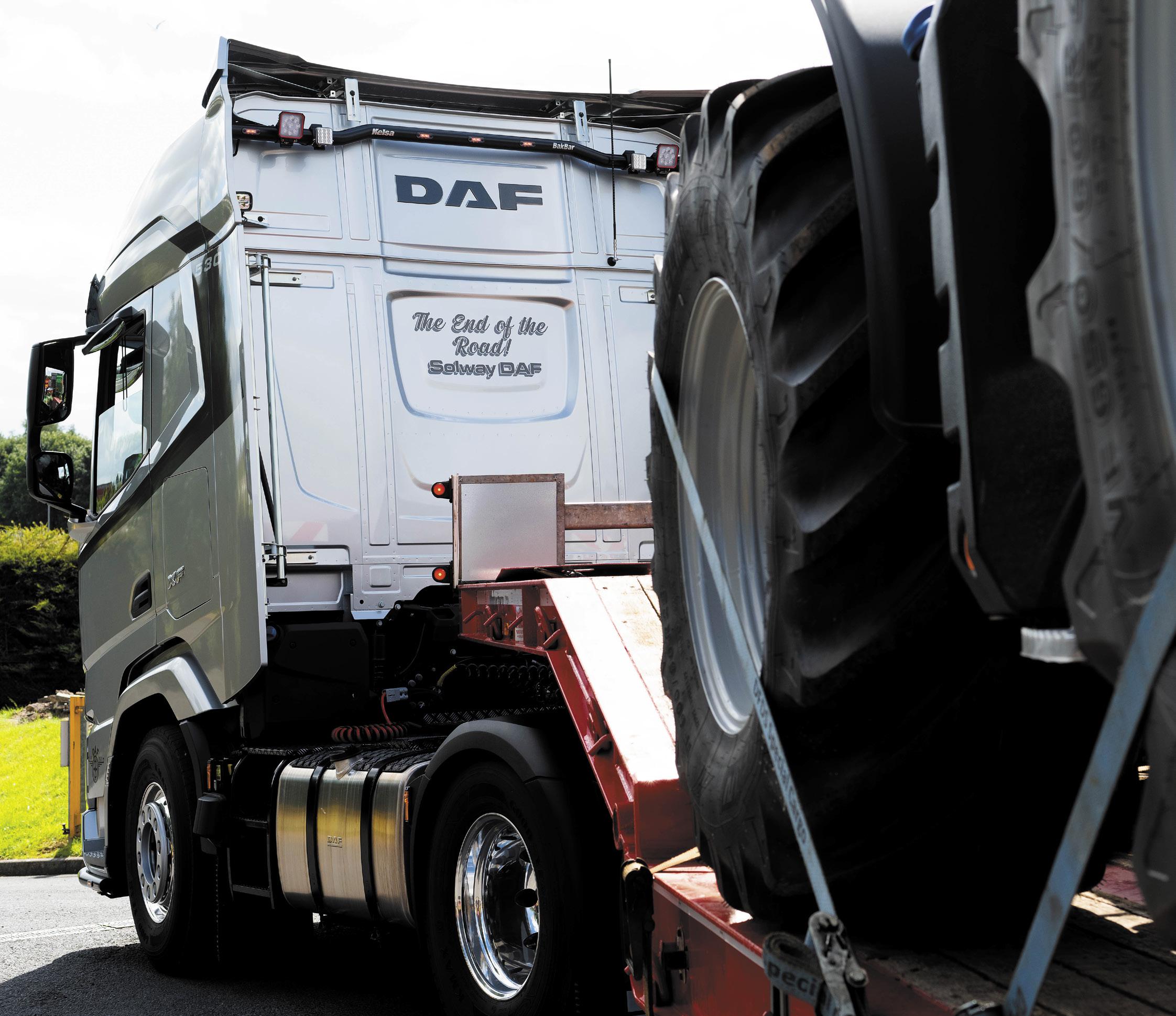

said, ‘go for it’, and I decided to purchase the very last truck from Solway DAF.”
George was a renowned truck salesman for Solway DAF, and North East DAF Trucks before it, and he was instrumental in shaping Shaun’s path. It would take some time for Shaun to fully embrace the world of haulage, however.
“He could sell sand to camels,” Shaun says of his father. “He was an exceptional salesman.” But while George was closing deals and expanding his reputation, Shaun’s interests lay in farming. “I was more into agriculture at first,” he admits, “But with high land prices and limited opportunities, it soon became clear that farming alone wouldn’t provide the financial security I needed.
The influence of George’s career in truck sales is evident throughout Shaun’s own story. George began working as a DAF salesman in the mid-70s before moving the family to Appleby in 1982. Situated between DAF dealerships in Stockton and Carlisle, it gave George access to a key market. His work helped transform the dealership, earning him accolades such as ‘Salesman of the Year.’
“He was respected not just for selling trucks, but for how he dealt with people,” says Shaun, with a good dose of pride. “The values he instilled – hard work, honesty, and treating customers right –have shaped the way I run my business today.”
Making ends meet
Shaun obtained his Class One licence at the age of 21. “Back then, 21 was the earliest you could get your licence,” he explains, “I also got my CPC qualification at the suggestion of my father, and that would prove to be a pivotal asset for full-time haulage in future,” he says. The family smallholding offered a base, but it was transport jobs that helped make ends meet. “I did all sorts of local runs, often at night, working locally for Curries Dumfries, British Gypsum, and Aldersons of Appleby on fridge work,” he said.
Though farming remained Shaun’s first love, it wasn’t enough to sustain a living for him, while the rural economy was


“HEWASRESPECTED NOTJUSTFOR SELLINGTRUCKS,BUT FORHOWHEDEALT WITHPEOPLE”

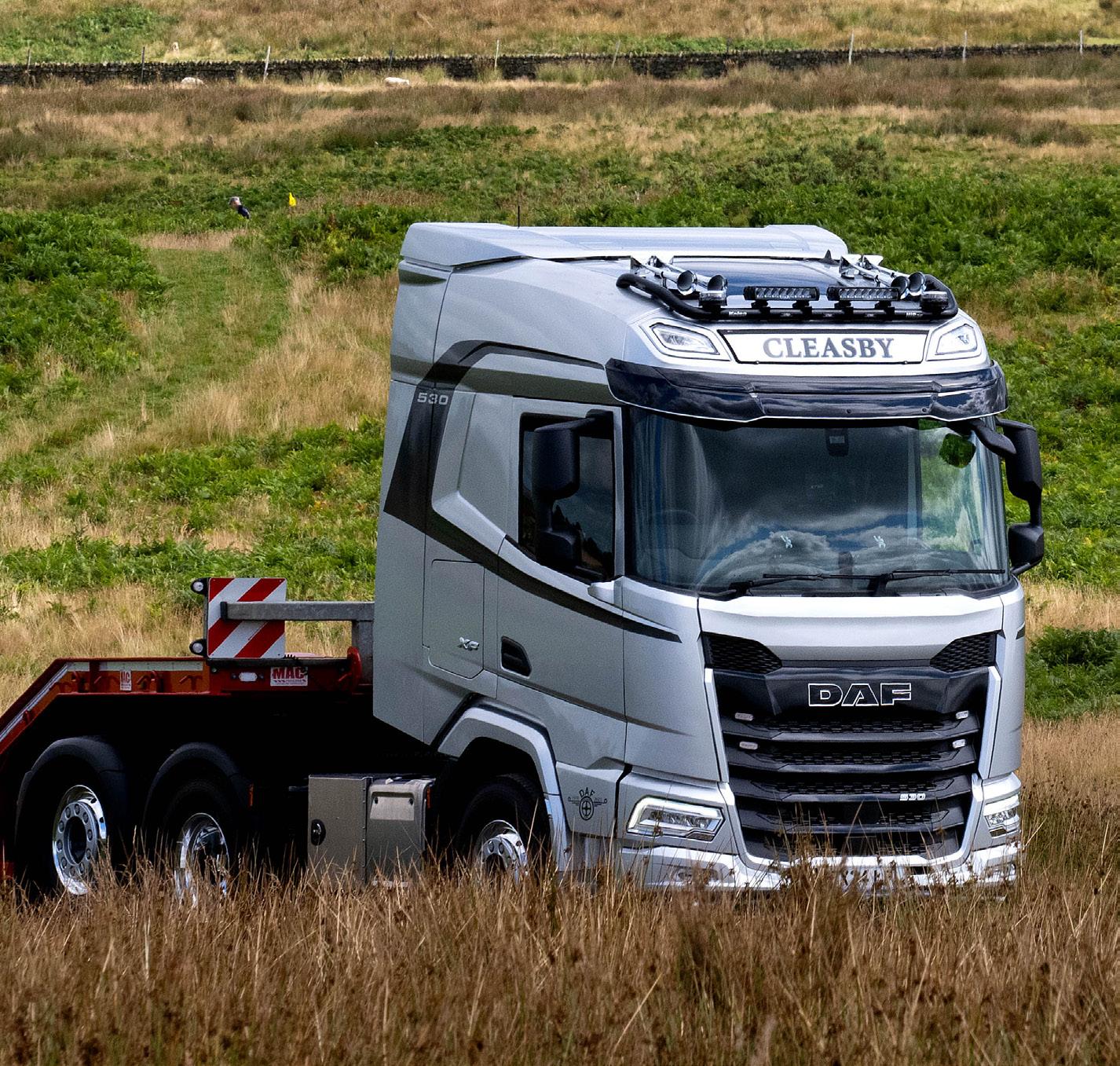
Shaun Cleasby
“You just keep going,” he says simply. “There are always going to be ups and downs, but as long as there’s work to be done, I’ll keep doing it.”


In a remarkable journey spanning over four decades, Solway DAF evolved from a humble familyowned business to a key player on the truck scene. The company’s roots trace back to 1978 when it was established by the Titterington family. A pivotal moment came in 1980 when North East DAF Trucks, a dealership owned by industry veterans Ron Fullelove, Bill Beadnell, and Brian Sharp, acquired Solway. This strategic move brought fresh leadership and expertise to the company, with the new owners
taking on directorial roles and appointing Fullelove’s son, Peter, as the Company Secretary.
The mid-1980s marked another significant milestone in Solway’s history. In 1986, a demerger separated Solway from North East DAF Trucks, resulting in a change of ownership that would shape the company’s future. Peter took the reins as the sole owner, ushering in a new era of growth and development.
Solway DAF’s leadership team expanded to include industry veterans Ernie Coulthard and George Cleasby as minority
shareholders and directors. Coulthard’s association with the company dated back to its Titterington days, bringing valuable continuity to the operation. Cleasby, having cut his teeth in sales at North East DAF Trucks, brought his expertise to Carlisle following the 1980 acquisition.
Following George Cleasby’s passing, his wife Hazel stepped into a shareholder role, maintaining the family’s connection to the business. Her involvement continued until the company’s recent acquisition by Motus, truly marking the end of an era.
rocked completely by the Foot and Mouth Disease outbreak in 2001. Shaun was forced to rethink his approach, and he shifted into construction, focusing on moving equipment and materials for farm buildings. The change required new machinery, including the purchase of his first truck – a DAF 85 six-wheeler.
“X833 KUT was an old motor,” concedes Shaun, “a DAF 85 rigid six-wheeler with a plant body, but it got the job done, shifting equipment between sites. It also marked the start of a more serious commitment to haulage, prompting me to acquire an O-licence. In the beginning, I moved livestock and machinery for Frank Buckle – F&D Buckle in Penrith – and they’re still going today. With this growth in work, I finally traded-in the six-wheeler for an ex-Skeldons DAF CF 460 mid-lift three-axle tractor unit. I’ll never forget that one,” recalls Shaun, “DK57 JYZ was a great truck.”
Not much to look at
The CF 460 was moved on in 2019, followed by the purchase of a DAF CF 510 the same year. Although, according to Shaun, it was a rather tired used vehicle, it did open the door to new opportunities given its fundamentally better manoeuvrability on farms and
elsewhere. Haulage was no longer just a side hustle – it was becoming central to Shaun’s livelihood. “The CF 510 wasn’t much to look at, but it performed well enough,” he says.
The CF 510 turned out to be a keeper, and was retained well beyond its sell-by date. In fact, it had over a million miles on the clock before it was replaced. Shaun told us he would have upgraded after about three years, but the pandemic put pay to that. So, call it fate, The CF 510 stood the course until the deal for the New Generation XF – the last Solway DAF vehicle – came along. For Shaun, the DAF ‘FTR’ rearlift axle configuration was an essential specification. “The tag axle is perfect for getting into tight farmyards and construction sites,” he notes. “It’s the right truck for the kind of work I do. Big enough to handle heavy loads, but small enough to be practical. And very, very manouevrable.
“I would have gone for an XG,” Shaun admits, “but the bigger cab isn’t available on a 3.1-metre wheelbase, which I need for manoeuvrability. I must say, the XF is more than good enough for nights out. It’s chock full of safety and driver assistance features – I sometimes wonder if I’m even needed at all! And you can’t sneeze without a
warning light or a buzzer going off!” he chuckles.
“My partner, Barbara, and my daughter, Sally, are very much part of the team,” says Shaun, “when I’m off driving, they jump-in to help on the small-holding where we have 50-acres to breed sheep and a few cattle. They’re my family and, of course, they mean the world to me, but if it wasn’t for them, we couldn’t do both. Sally has just passed her Class One,” he smiles, “so I might be at home a bit more going forward! My son, Tom, is also very much part of the story and is now a heavy truck technician at Motus.”
As for the future of the industry, Cleasby is realistic about the challenges facing the smaller haulier and ownerdrivers particularly. With increasing regulations, rising costs, and the looming shift towards electric and hydrogen vehicles, the road ahead is uncertain. Yet Shaun remains optimistic, knowing that adaptability, as he has ably demonstrated, is the key to survival.
“You just keep going,” he says simply. “There are always going to be ups and downs, but as long as there’s work to be done, I’ll keep doing it.”
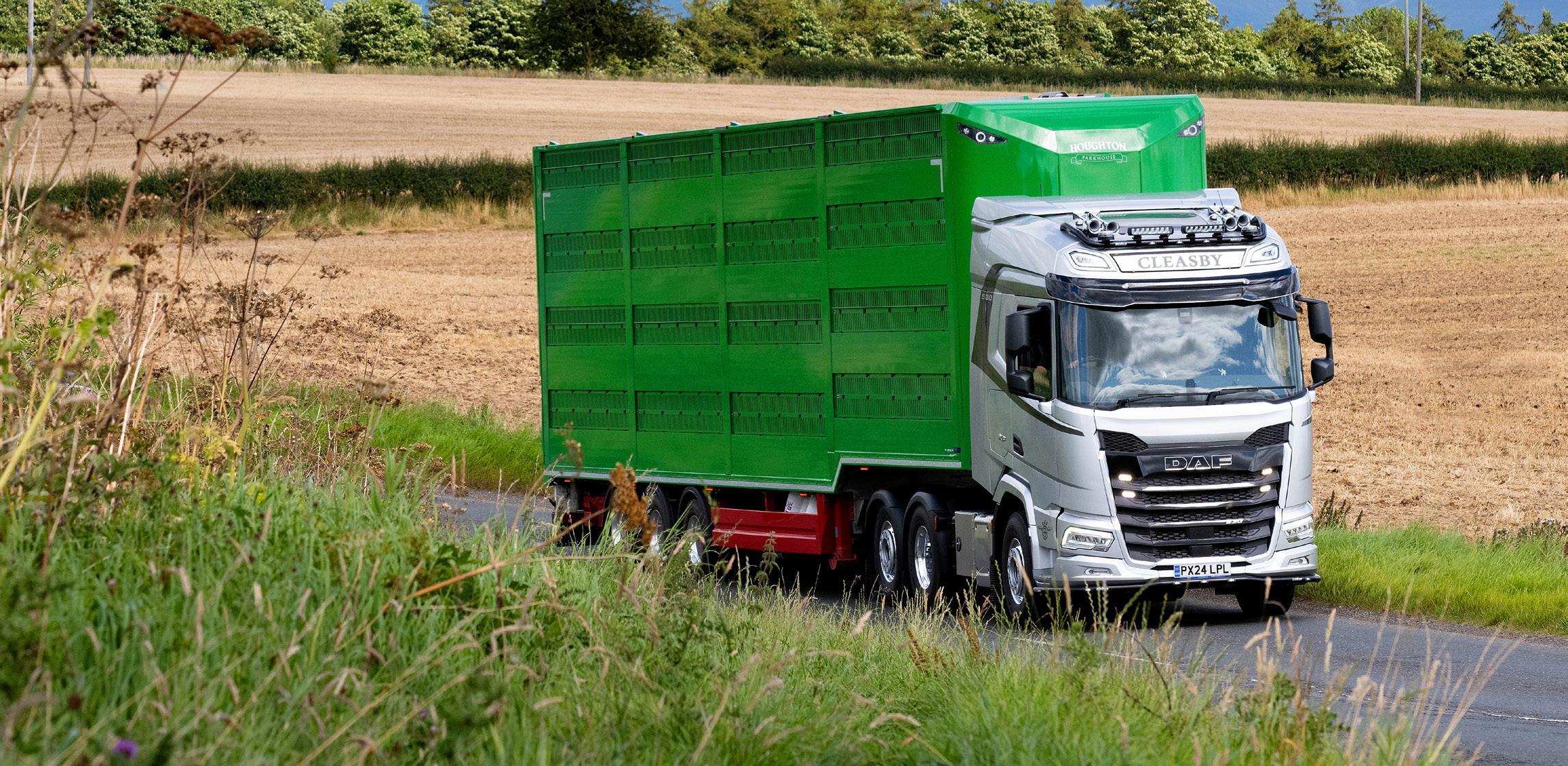

Ignore the HVO ‘scandal’: it’s still the fastest way to green a fleet
By Richard Simpson, industry pundit
on’t let the perfect become the enemy of the good’ may sound like the sort of trite motto that’s chanted at people on management courses, but as far as decarbonising Britain’s road transport goes, it’s one that should be written in large letters over the door of every government department and non-governmental organisation involved.
Yes, the ideal way to power the UK’s road transport would be with an all-electric truck fleet running on 100% renewable energy, but the brutal fact is that this laudable goal is still a long way off, and with massive practical and financial hurdles in the way.
So, it’s not going to happen next week, next year, or even in the next decade. Meanwhile, other solutions will have to be found.
History tells us that, in the 1930s, the UK was desperate to produce some means of providing early warning of the arrival of hostile bomber aircraft. Acoustic detection looked promising, but as planes got faster the warning time became shorter.
A British scientist named Robert WatsonWatt stumbled upon a possible solution: but with the international situation rapidly accelerating into war, there was little chance of perfecting it before it was too late. Could a system that detected aircraft by bouncing radio signals off them actually work?
Watson-Watt thought that it could, but time was running out. In what became known as the ‘Watson-Watt cult of the imperfect,’ he told his engineering team to: “Give them the third-best to go on with, the second-best comes too late, the best never comes.”
The ‘third-best’ was what came to be known as the Chain Home early warning system. History records that the first Chain Home radar station came into use in September 1938, a year later the UK was at war, and a year after that an out-gunned and outnumbered RAF was defeating the Luftwaffe in the Battle of Britain: a feat only made possible by timely completion of Watson-Watt’s ‘thirdbest’ Chain Home radar system covering the entire southern and eastern coasts of Britain.
We now face a climate crisis, and it’s pretty clear that, if the statistics are correct, action is needed now, not in the 30 years or so it will take to electrify the UK’s truck fleets.
Luckily there is a solution: not perfect, but in Watson-Watts’ words, good enough to be “going on with.” That solution is biofuels, which remove the need to burn fossil fuels. And the leading biofuel contender is hydrotreated vegetable oil, or HVO to you or me. Unlike other fossil-fuel substitutes, it is a pour-in replacement for mineral diesel and can be made purely from waste from agriculture and food production. Any DAF truck made in recent years will run happily on HVO, without extra maintenance requirements or warranty compromise.
But there is a problem, as recently highlighted by the BBC. It seems that some of the ingredients used to produce some HVO might contain virgin palm oil, rather than palm oil waste. This is important because virgin forest land is sometimes cleared to make way for palm plantations, which releases loads of CO2 into the air and causes no end of damage to important habitats.
Well, we don’t want that. And it would be good if refiners in the country had incentives to produce HVO domestically (which they don’t). If nothing else, a healthy market for food waste might see less cooking fat poured down drains and blocking sewers with fatburgs.
But HVO is by no means the only green energy initiative to have a darker side. There are ethical and environmental concerns about the supply chains for solar panels, lithium batteries, and electric motors and generators.
Even some of the UK’s so-called ‘renewable’ electricity comes from burning wood rather than coal. Given that this wood comes from temperate rainforest in North-West America and Canada and is transported by diesel truck to the Eastern seaboard of the USA, then by oil-burning bulk carriers across the Atlantic and finally from ports in Northern England to a power station near Selby by diesel train, its renewable and environmental credentials are certainly up for question. And if you wondered what the answer to that question was.. well it seems that thanks to the low calorific value of wood, burning it actually releases more CO2 per kW of power generated than locally-mined coal would.
So, is HVO really the ‘green fake’ that the BBC has made it out to be, or is it a ‘third-best’ solution that can actually work rather better now than some of the more expensive and less attainable ‘solutions’ that are promised for some time in the future?
I think you can work that out for yourselves!
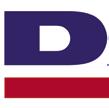


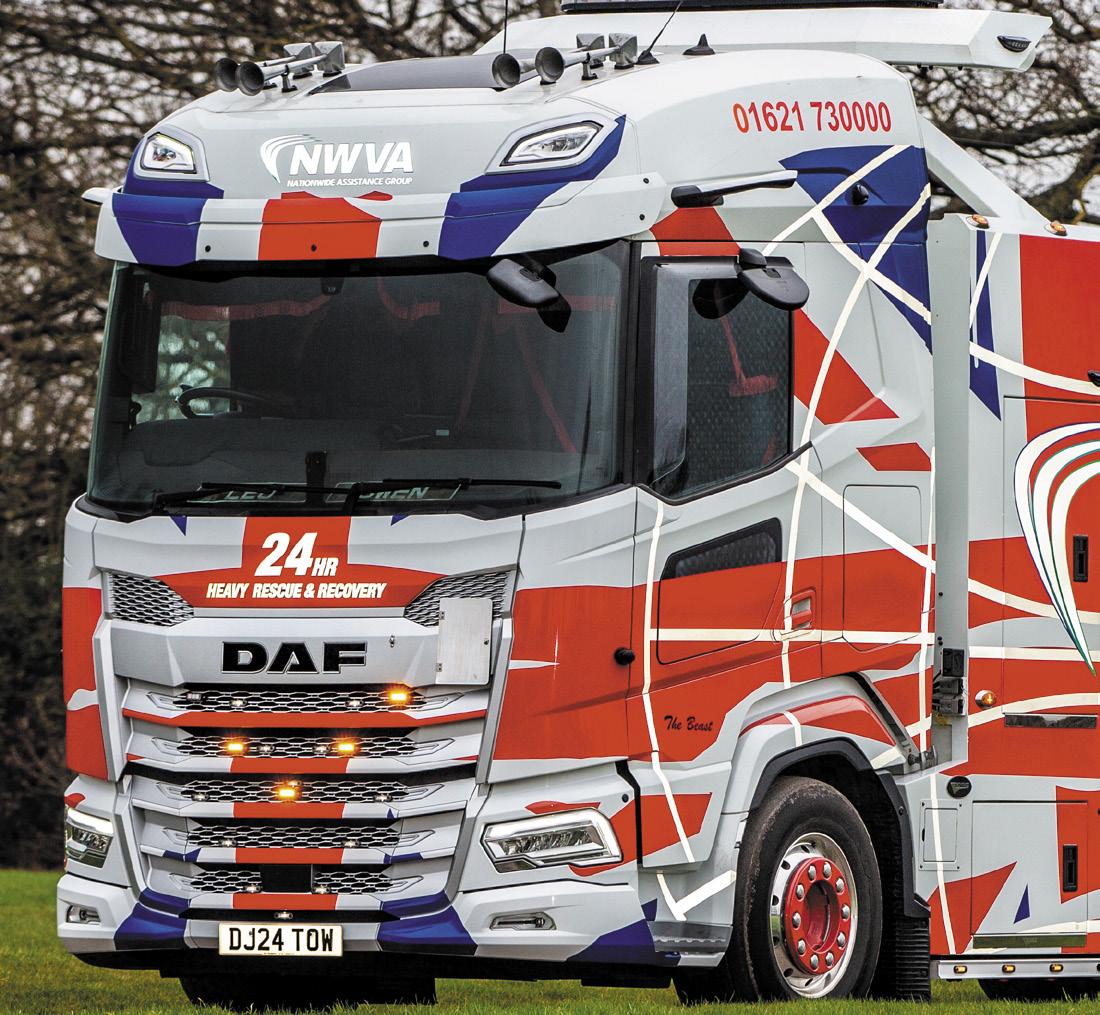
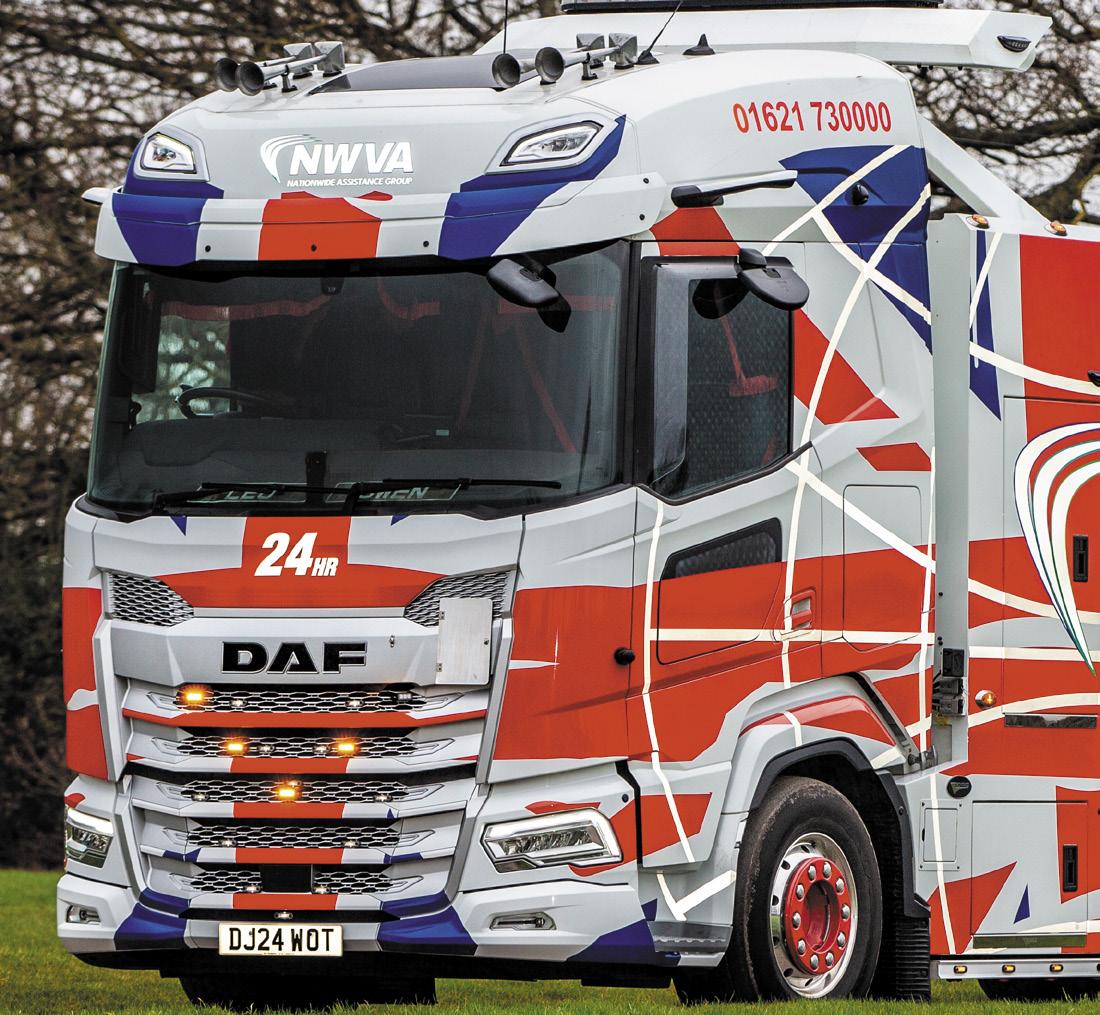
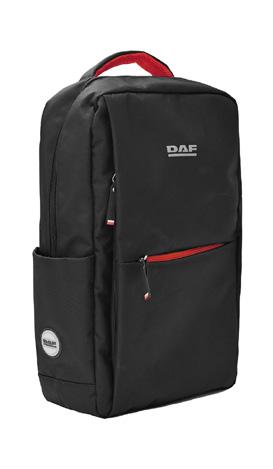
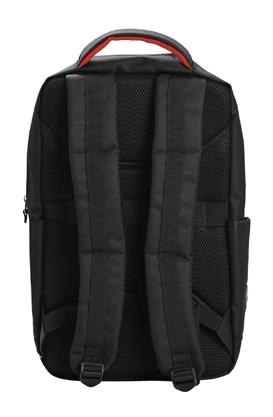
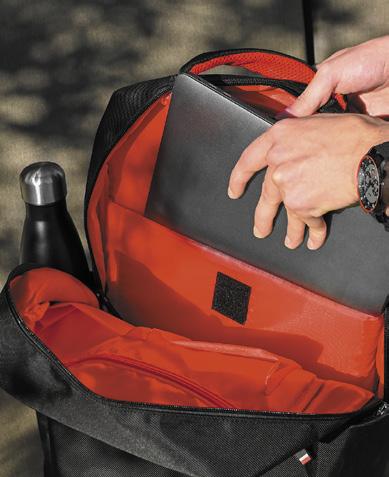
The prize in this edition is a high-quality DAF Backpack for one lucky winner. Ideal for daily use, business trips, or when you’re on the go. Simply spot and mark the four differences on the images above. Once completed, either cut out or photocopy and post to DAF Driver magazine, 4th Floor, 19 Capesthorne Drive, Eaves Green, Chorley, Lancashire, PR7 3QQ
Winner from last issue: Andy Black, Hampshire. Winner’s details to appear in issue 39 of
DAF now has Dealer Driver Trainers based across the country to help hand over new and used vehicles and we thought it would be good to get to know some of them a little bit better! In this edition we talk to Rob Brown the DAF Dealer Driver Trainer at North West Trucks in Huyton.


Rob has been married for 33 years and is very proud of his two daughters and three grandchildren. His hobbies focus on him tinkering with anything with an engine and wheels!
Q: When did you first join North West Trucks and what was your first job there?
A: I joined on the 31st January 2022 and have been a driver trainer and general HGV driver ever since.
Q: What did you want to be when you were at school?
A: As far back as I can remember I’ve always wanted to be a wagon driver.
Q: When did you take your HGV licence?
A: I took my HGV licence back in 1991.
Q: What do you enjoy most about your role?
A: I really enjoy teaching customers and their drivers new methods of driving a modern truck.
Q: Do you have a top tip for a driver getting his or her new DAF?
A: Make sure you have a proper driver trainer handover so you can use the truck to its full potential.
Q: What car do you currently drive and if money was no object what would you have?
A: I currently drive a BMW 530 M Sport but I would love a Lamborghini Countach 5000S in white.
Q: What other responsibilities do you have within your role at North West Trucks?
A: Whatever is required on the day - my manager would say, ‘jack of all trades, master of none!’
Q: If you weren’t doing this, what would your ideal job be?
A: I have been privileged enough to have done my dream job for 35 years. This is my ideal job!

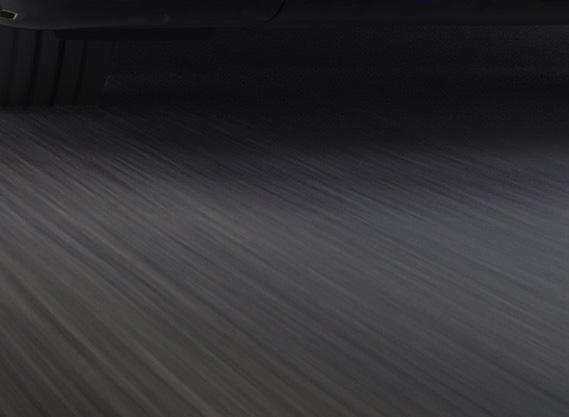
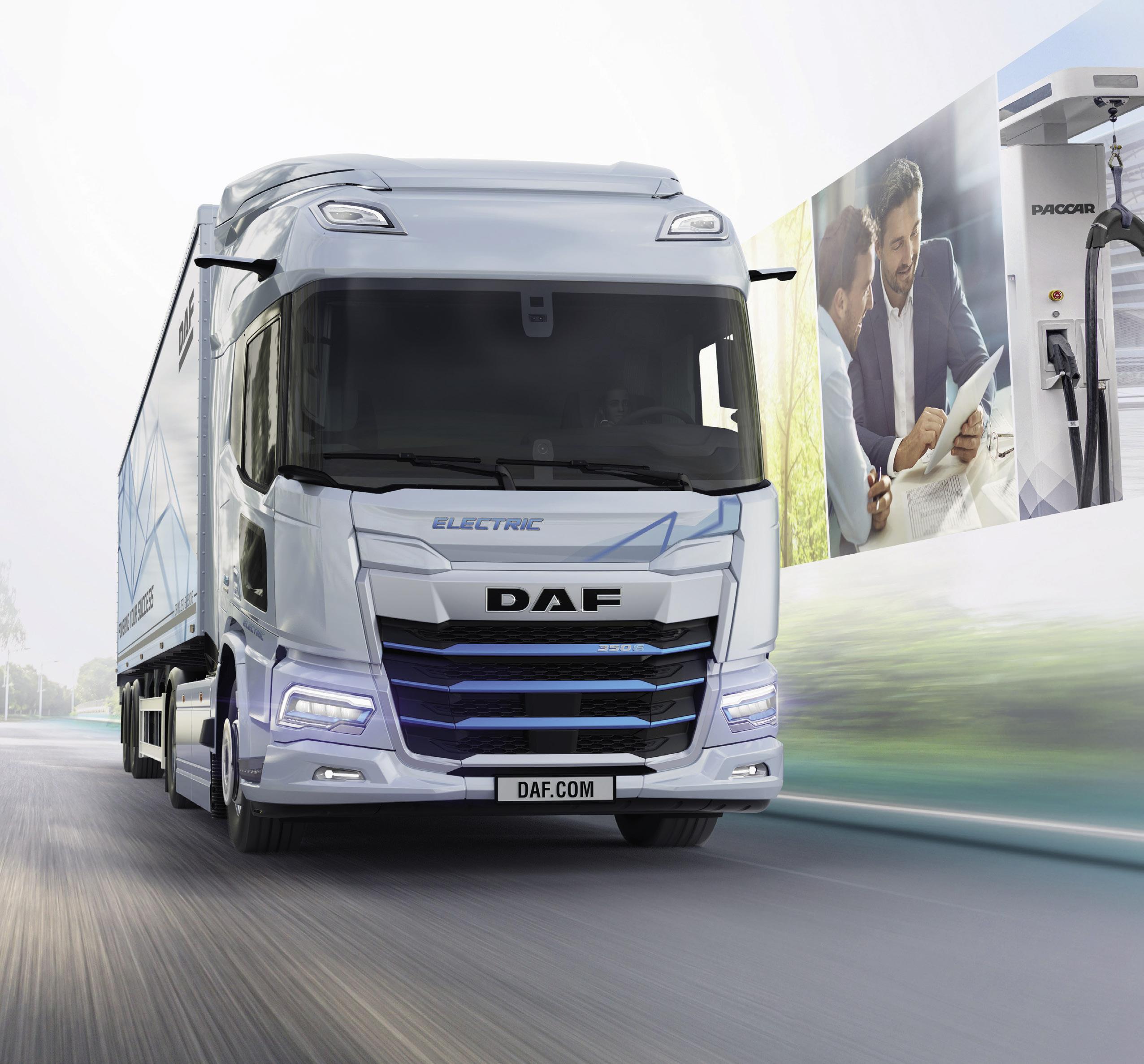





DAF’s commitment is to help you make your business even more sustainable. Tailor-made solutions guarantee seamless operations, optimal return on investment and peace of mind. Together, we analyse your day-to-day activities. Providing insights on electric vehicles, charging solutions, connected and uptime services. We advice with route planning, charging strategy and offer driver training. DAF – powering your success on the road to sustainable transport. WWW.DAF.CO.UK/DAF-ELECTRIC














DAF is leading the way in electric powertrains for commercial vehicles. DAF was one of the first European truck manufacturers to market a fully electric truck. DAF is now taking the next step in electric transportation, offering an electric truck for every application for inner city, regional and national distribution. The New Generation XD and XF Electric, have the option for a battery with the capacity increased by more than 50%, extending the maximum range to more than 500 kilometres. The product portfolio is completed by the XB Electric, a lightweight truck ideal for distribution and vocational applications.
At PACCAR Power Solutions, we’re on a mission to make the electric transition a success for your business. Whether you’re ordering one state-ofthe-art DAF electric vehicle or running a mixed fleet of EVs, we’ve got the first-class chargers, innovative thinking and expertise to take you further. We pride ourselves on offering a total package of charging hardware, consultancy and maintenance services that’s tailored to your needs — and unrivalled in our industry. Think of us as your one-stop-shop for a smooth and profitable transition to electric transport.

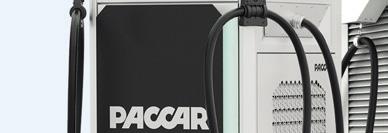
The ChargeMax range includes stationary all-in-one DC fast chargers with charging power ranging from 60 kW to 400 kW. They are ideal for installing in car parks or on charging bays. All versions can charge two electric trucks at the same time and are future proof, since they are easily upgradeable to a higher charge power at any time. These chargers are ideal for charging up to two trucks overnight or fast charging one truck.



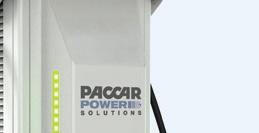



The PowerChoice range includes stationary fast DC chargers with charging power from 180 kW to 400 kW. These chargers feature a split-system design, allowing up to six power dispensers to be installed separately from the power cabinet, with a distance of up to 80 metres. This ensures maximum flexibility for installing charging infrastructure at your site.
These chargers provide ultra-fast charging speeds of up to 400 kW, making them ideal for ultra-fast charging of two trucks simultaneously or charging up to six trucks overnight. The Dynamic Load Balancing System (DLBS) intelligently distributes the available power among the connected power dispensers, ensuring that each truck receives the optimal amount of power based on its current charging needs. This results in faster charging times and more efficient use of the charger’s capacity.
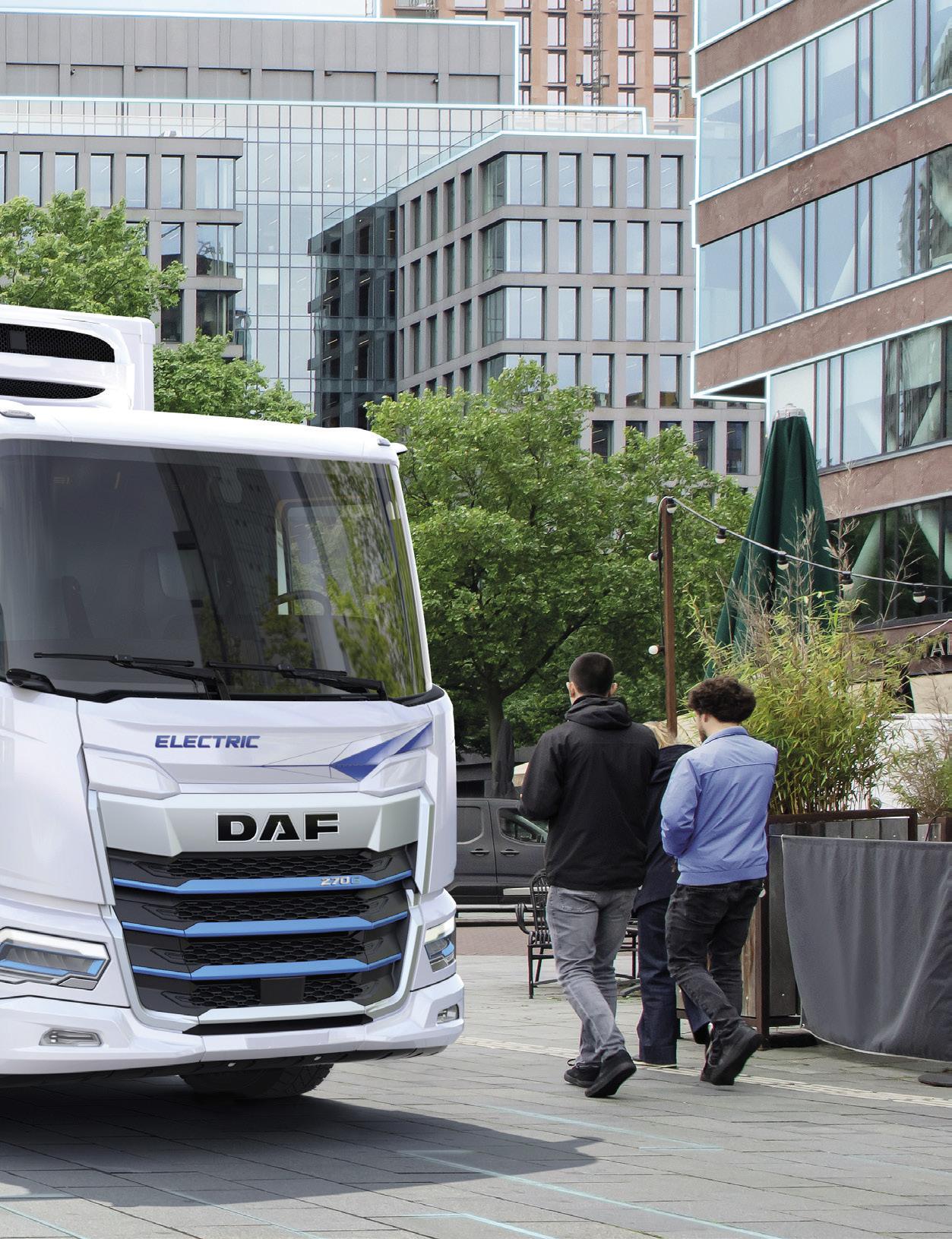


The PacMobile charger includes DC low/medium power range of 40kw. It is ideal for applications where maximum flexibility is required.


Seamless Operation
• Total electric transport solution including best matching charging infrastructure and service
• EV charging solutions that fit your specific transport needs
• Always the best choice for your XB, XD and XF Electric and other electric vehicles
• CCS2 EU connector: also suitable for other electric vehicles
Optimal Return on Investment
• Ready for the future
• Complete care: full service including 24/7 support
Peace of Mind



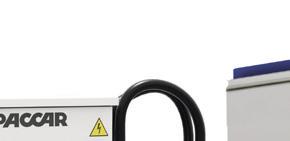


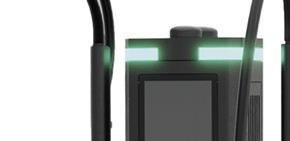


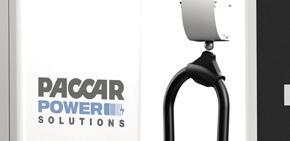


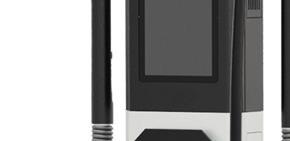
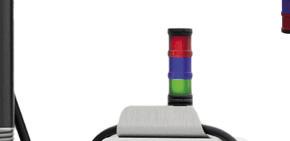





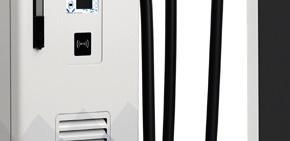

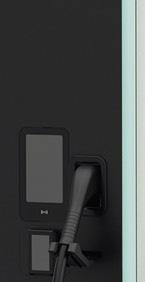
• Certified to the highest safety standards
• Wireless updates to the latest software





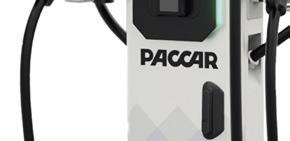
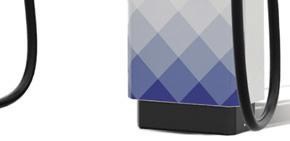


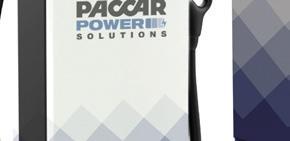



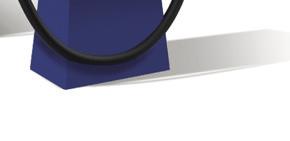
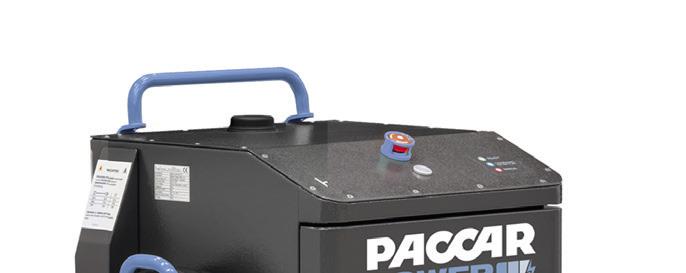




PACCAR Power Solutions offers a comprehensive service plan designed to ensure maximum uptime for battery electric truck chargers. This plan includes scheduled and corrective maintenance, Over The Air (OTA) software updates to guarantee seamless communication between the truck and charger, and active monitoring to detect and address potential issues proactively. The Service Level Agreement (SLA) features short resolution times for corrective maintenance tasks, supported by three distinct service levels. Ask your dealer for free brochures, more information and technical details.



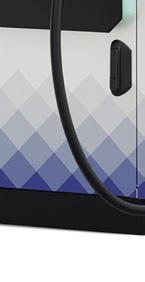


At PACCAR Power Solutions, we continuously strive to provide innovative solutions for our customers. As we venture into the era of electric trucks and sustainable transportation, we are proud to present our cutting-edge Battery Energy Storage System (BESS) and Energy Management System (EMS).
The BESS allows our customers to store energy on-site, providing a reliable and efficient power source for their operations. Leveraging advanced battery technology, our BESS helps businesses optimise energy costs and decrease dependency on the electricity grid.






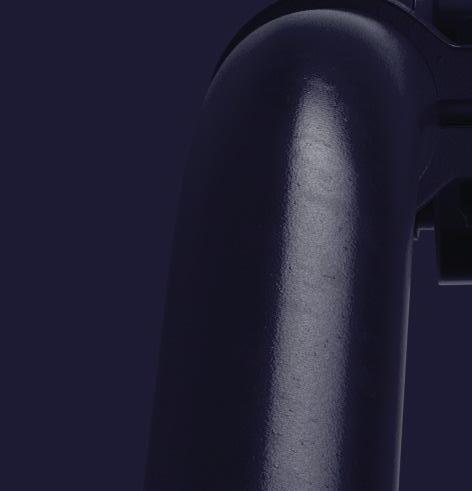






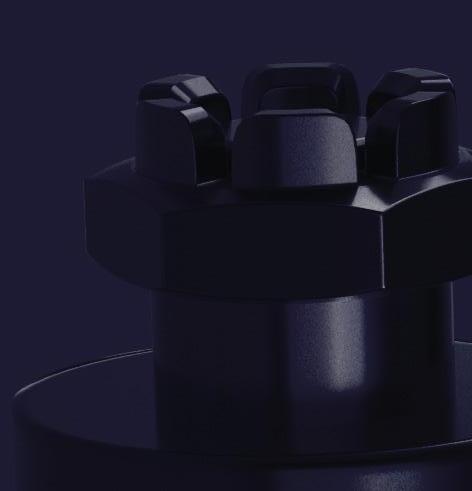























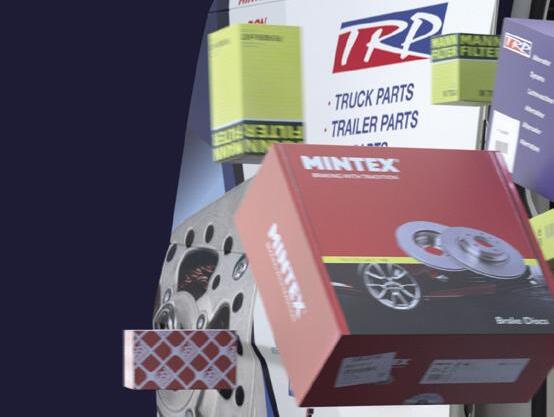


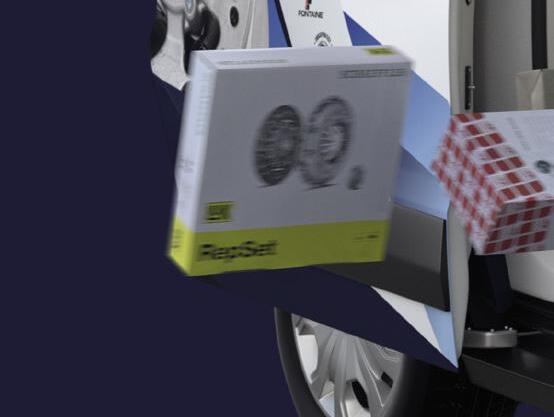











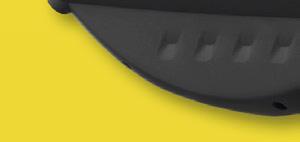














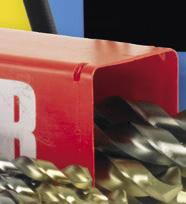












The TRP range includes a vast number of workshop consumable items covering cleaning and chemicals, workshop lighting including hand held LED torches, vehicle maintenance products, lubricants and spray paint, fixings, connectors, disposable gloves and spill control products, we have rags in a bag and a whole lot more!







































































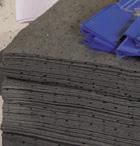










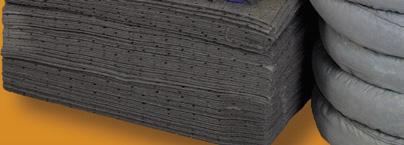



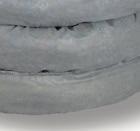





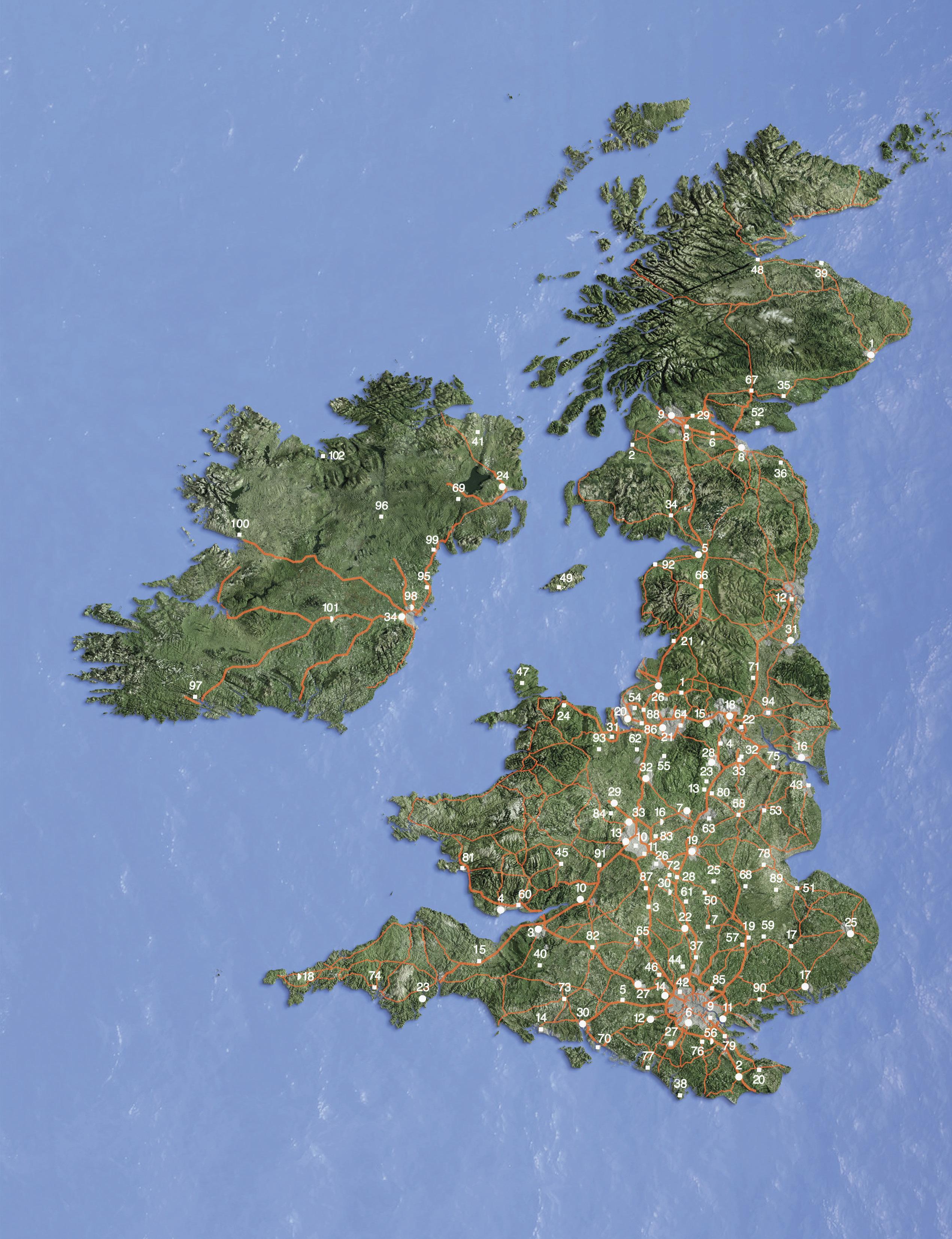
The quality of a truck depends on the quality of the organisation behind it, which is why the DAF dealer network offers a unique advantage with the best geographical coverage of the UK, the most heavy truck experience and the longest opening hours of any truck franchise.
Area Dealer name Postcode Telephone
ABERDEEN Norscot Truck & Van Ltd ★▲ EV AB23 8JZ 01224 824444
ASHFORD Channel Commercials PLC ★▲ EV TN23 1EH 01233 629272
AVONMOUTH MOTUS Commercials ▲◆ EV BS11 0YL 01173 042800
CARDIFF Watts Truck & Van Cardiff ★ EV CF11 8AT 02920 308595 CARLISLE MOTUS Commercials ★ EV CA3 0HD 01228 539394
CROYDON HTC Croydon ★ CR0 4TD 0208 683 6200 DERBY MOTUS Commercials ▲ EV DE22 4NB 01332 824371 EDINBURGH Lothian DAF ★▲ EV EH20 9QH 0131 440 4100 GLASGOW MOTUS Commercials EV G51 4TH 0141 425 1530
GLOUCESTER MOTUS Commercials ▲ EV GL2 5FD 01452 508700
GRAYS Harris DAF ★▲◆ EV RM20 4AU 01708 864426 GUILDFORD HTC Guildford EV GU1 1RR 01483 594900
MOTUS Commercials ★▲ EV B63 2RL 01384 424500 HEATHROW HTC Heathrow ▲ EV SL3 0ED 01753 681818
HUDDERSFIELD MOTUS Commercials ▲ HD2 1UR 01484 300500
HULL MOTUS Commercials ▲ EV HU9 5PJ 01482 795111
IPSWICH Chassis-Cab Ltd ★ EV IP6 0RL 01473 833003
LEEDS Ford & Slater DAF ▲◆ EV LS28 6SD 01132 571701 LEICESTER Ford & Slater DAF ★ EV LE3 2JG 01162 632900 LIVERPOOL North West Trucks ▲ EV L36 6AJ 0151
BT36 4PT 02890 342001
Lancashire DAF ★▲ EV PR5 8BW 01772 338111 READING HTC Reading ★ EV RG7 4AG 01189 300900 SHEFFIELD Ford & Slater DAF ▲ EV S13 9NR 0114 293 9200 SHREWSBURY Greenhous DAF ▲
ST6 2DE 01782 276600
5YT
MOTUS Commercials ▲ EV S71 3HS 01226 731870 BASINGSTOKE Adams Morey Ltd RG24 8FB 01256 811414 BATHGATE Lothian DAF EV EH48 2EY 01506 813 743 BEDFORD Brian Currie (Milton Keynes) Ltd MK41 9TG 01234 211241 BELLSHILL
Commercials B33 0SL 0121 784 4023
BIRTLEY Ford & Slater DAF DH3 2SP 0191 406 8888
BLACKWELL H W Martin (Plant) Ltd DE55 5JY 01773 813313
BOURNEMOUTH Adams Morey Ltd ★ BH8 0BL 01202 524422
BRIDGWATER Adams Morey Ltd TA6 5LB 01278 550 970
BURTON ON TRENT MOTUS Commercials ◗ DE13 7AB 01283 248899
BURY ST EDMUNDS Chassis-Cab Ltd EV IP32 6NL 01284 768570
CAMBORNE Adams Morey ◗ TR14 0PY 01209 721989
CAMBRIDGE Chassis-Cab Ltd ▲ PE28 9QR 0333 323 4040
CANTERBURY Channel Commercials PLC CT3 3DW 01304 841111
CARNFORTH Lakeland Trucks Ltd LA5 9DW 01524 734544
CASTLEFORD Pelican DAF ▲◆ WF10 5UB 01924 227722
CHESTERFIELD Ford & Slater DAF ▲ S40 2RG 01246 234213
CONWY Parrys Commercials Ltd LL28 5RA 01492 580303
CORBY Ford & Slater DAF ▲ NN17 4BA 01536 207980
COVENTRY Ford & Slater DAF ▲ CV3 4FL 02476 302856
CRAWLEY GB DAF Gatwick RH10 9NS 01293 537520
CRICK GB DAF DIRFT NN6 7BZ 01788 711699
CUMBERNAULD MOTUS Commercials ★ G67 3EH 0123 672 7771
DAVENTRY Brian Currie (Milton Keynes) Ltd ◗ NN11 8RF 01327 871770
DEESIDE MOTUS Commercials CH5 2QJ 01244 520853
DONCASTER MOTUS Commercials ▲ DN6 7BA 01302 727040
DONCASTER Fishlake Commercials Ltd ▲◆ DN8 4JD 01405 740086
DUMFRIES MOTUS Commercials DG2 0JE 01387 720820
DUNDEE Norscot Truck & Van Ltd ▲ DD2 4UH 01382 611166
DUNS J E Douglas and Sons ▲ TD11 3HS 01361 883411
DUNSTABLE HTC Dunstable LU5 4TP 01582 505464
EASTBOURNE Brewers DAF BN23 6PW 01323 745700
ELGIN Sheriffmill Motor Co Ltd IV30 6UH 01343 547121
FROME MOTUS Commercials ▲ BA11 2FD 01373 468520
GARVAGH TBF Thompson BT51 5JZ 02829 558353
HTC Greenford UB6 0FD 0208 9615863 GRIMSBY MOTUS Commercials

The extensive DAF national network delivers the best Back-Up in the business. Our flexible




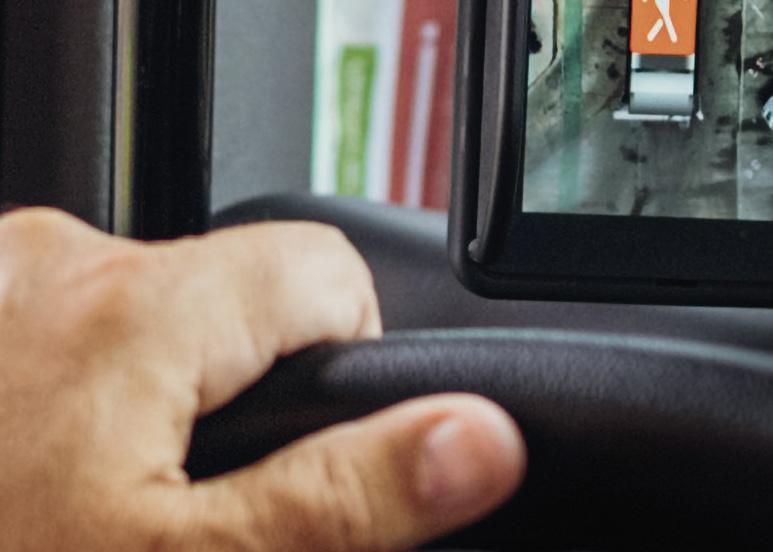
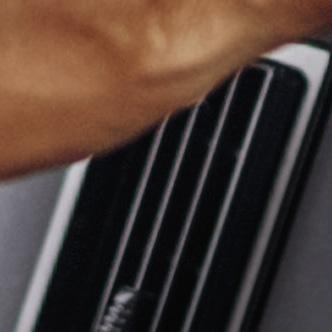




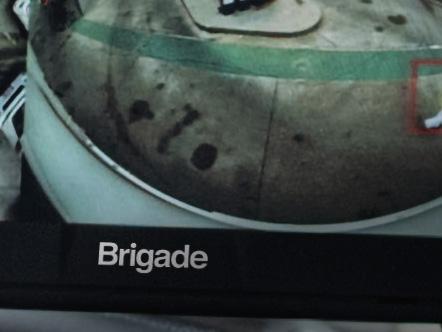


• Backeye®360 AI Intelligent detection is a 360-degree high-definition four-camera system enhanced by state of the art AI technology.
• Comprehensive view of surrounding area in a single image
• Audible and visual alerts when a pedestrian or cyclist is detected using AI
• Automatic calibration saves time on set-up and installation
• High resolution delivers a clear and sharp image displayed on the monitor

